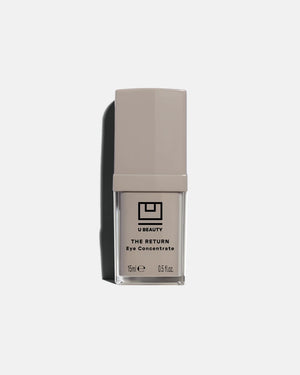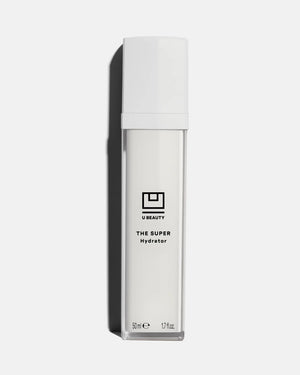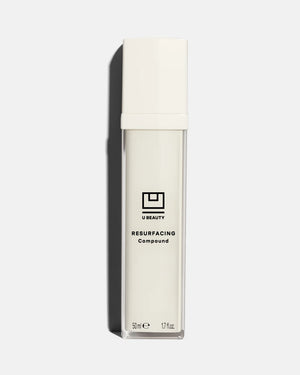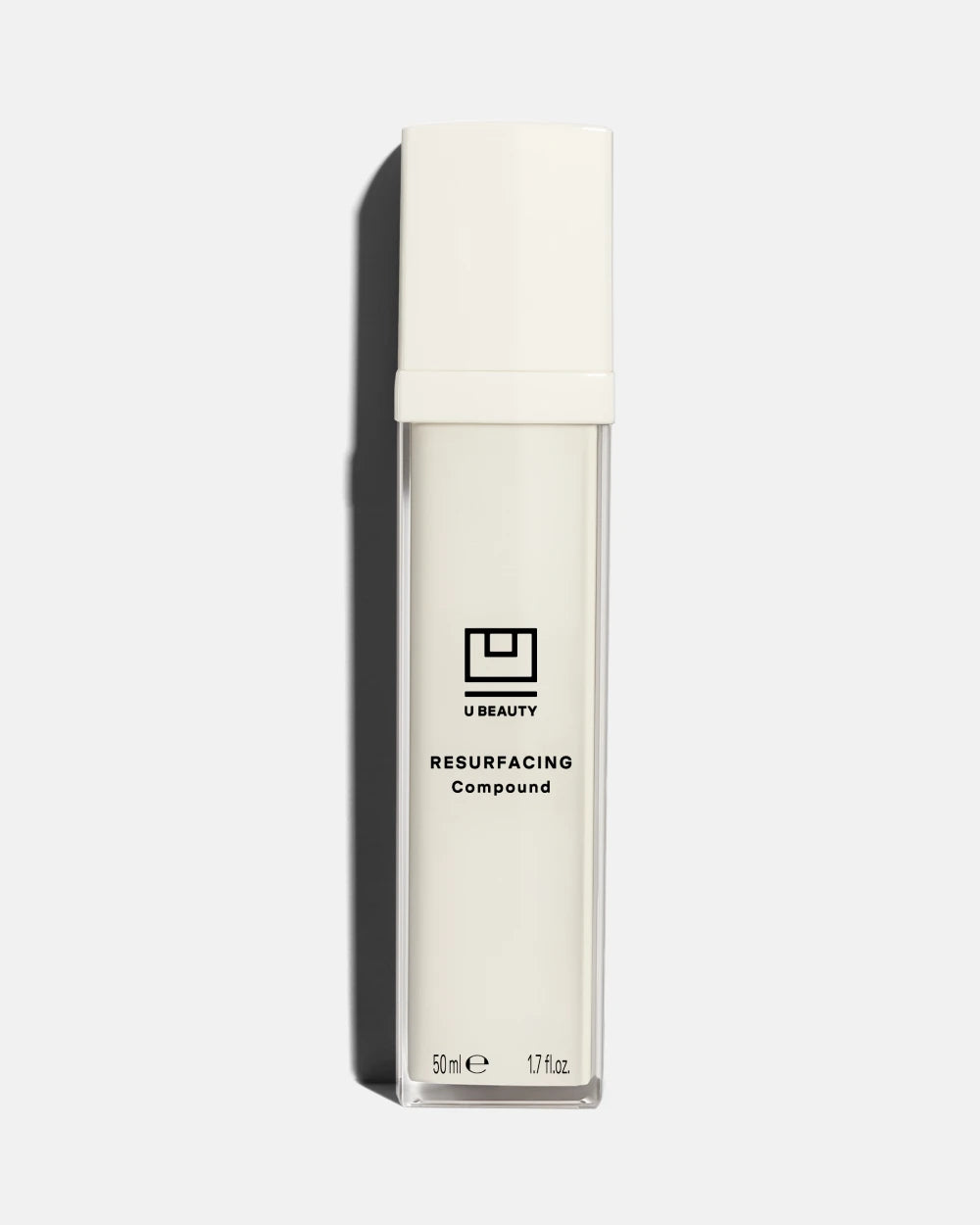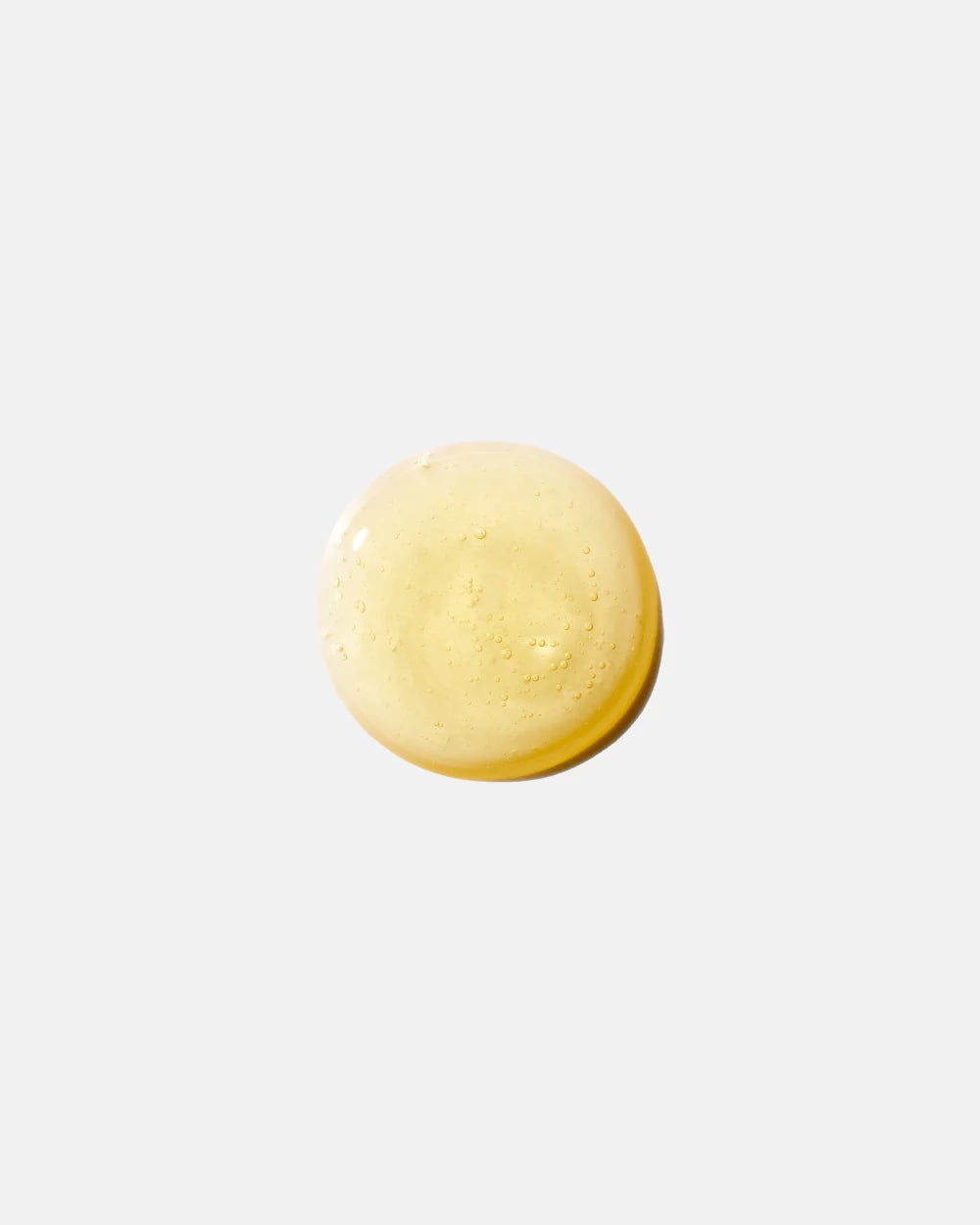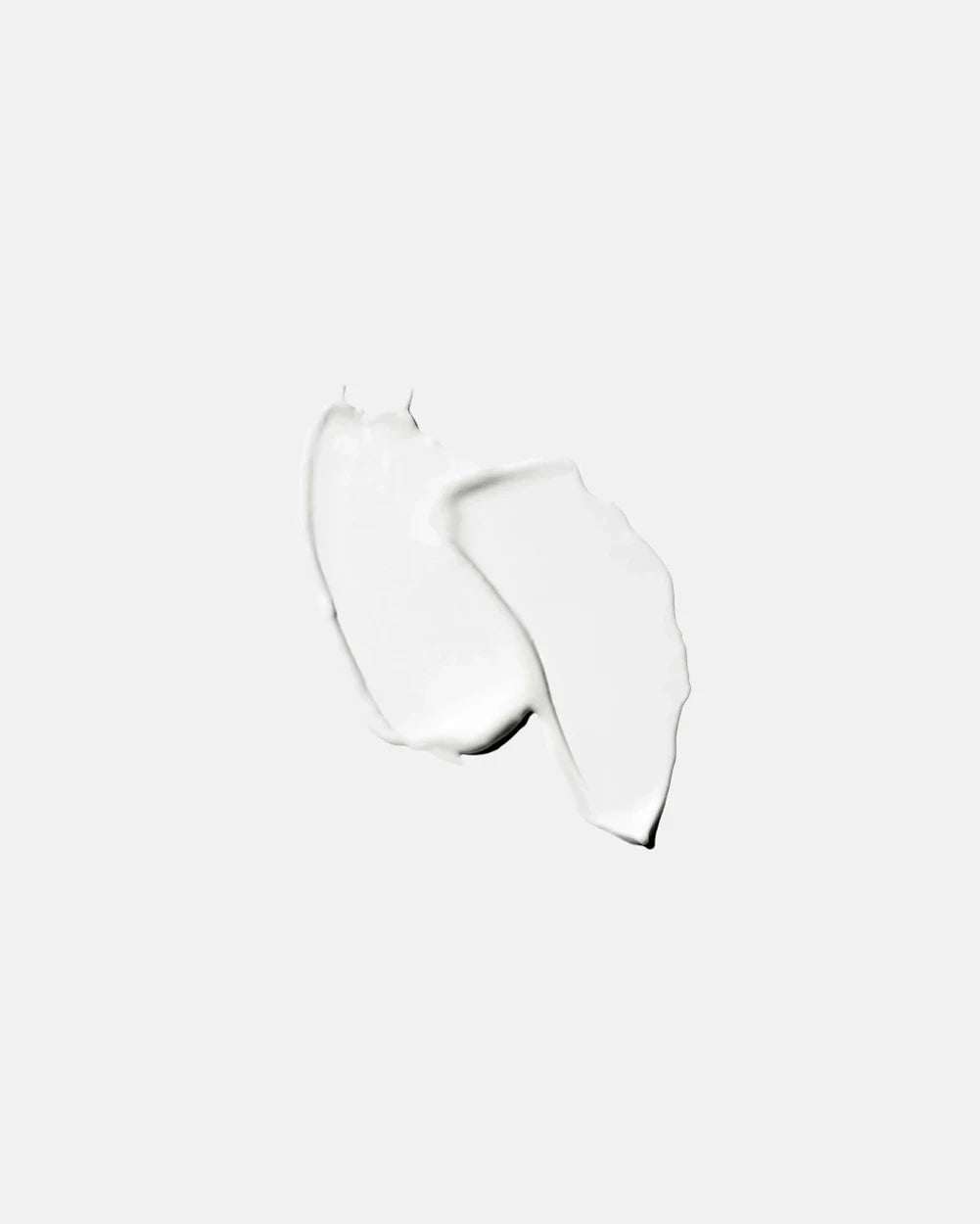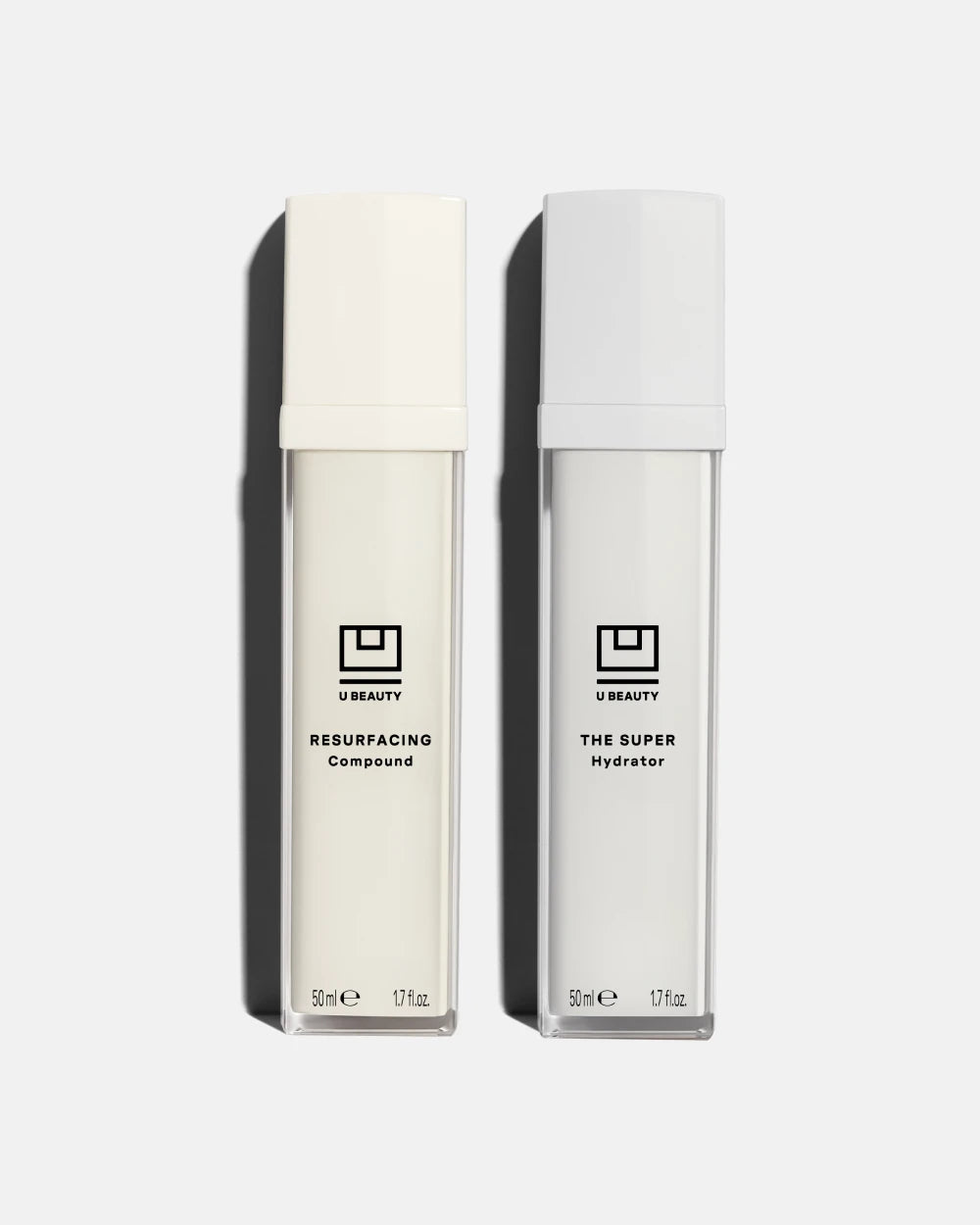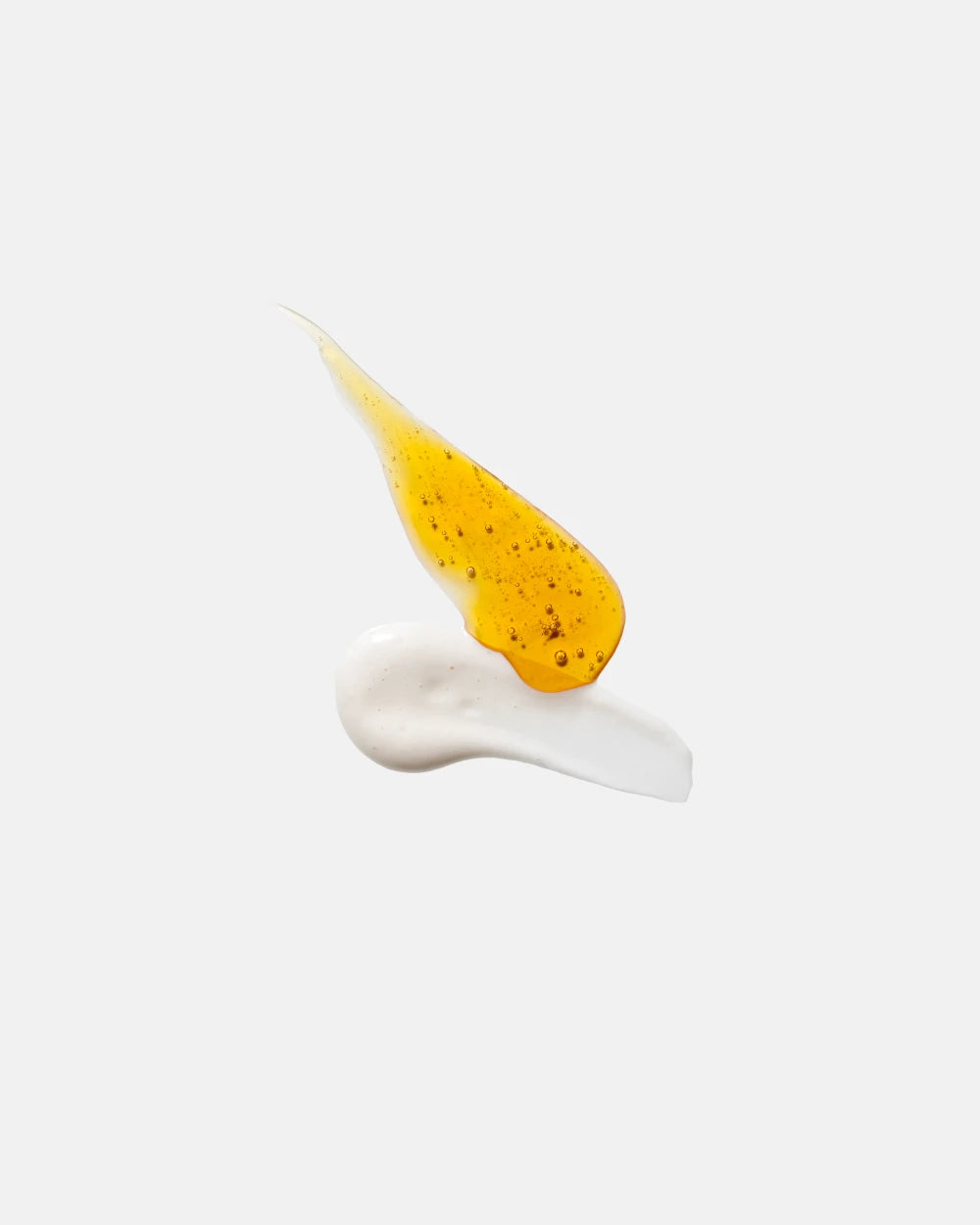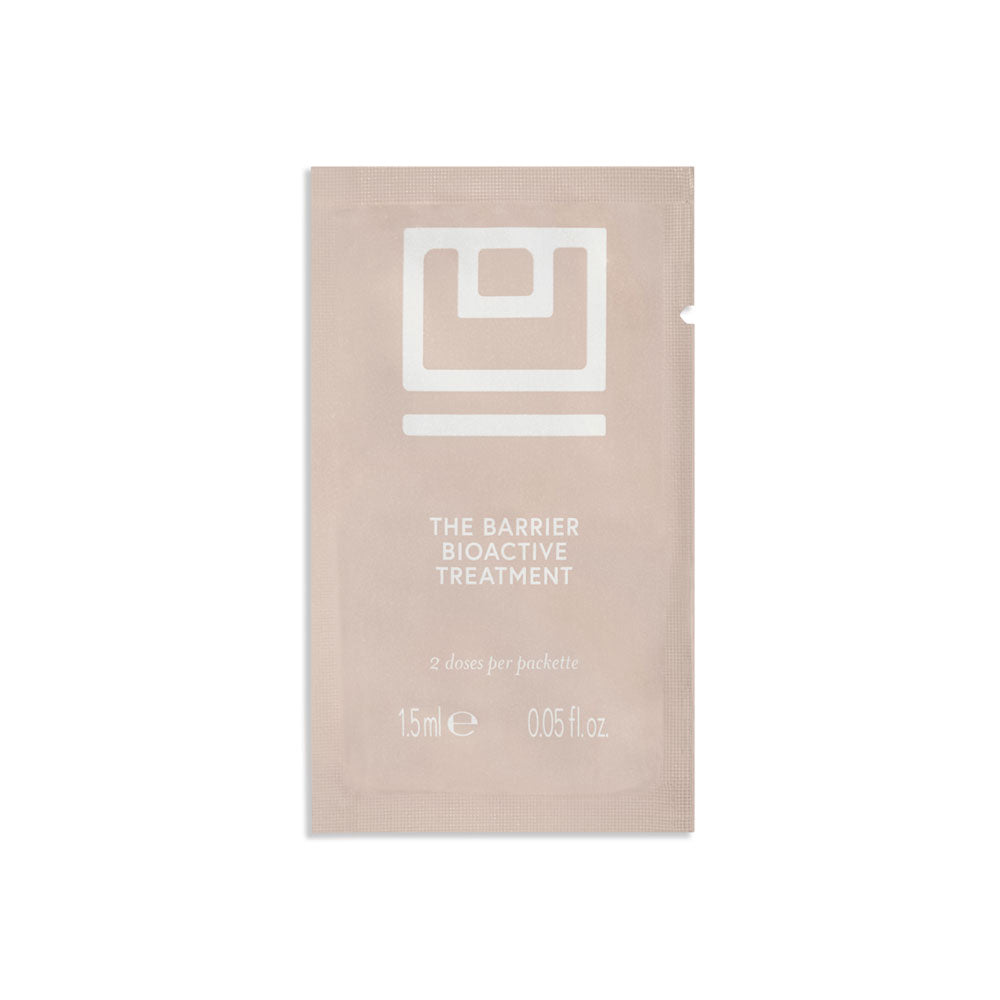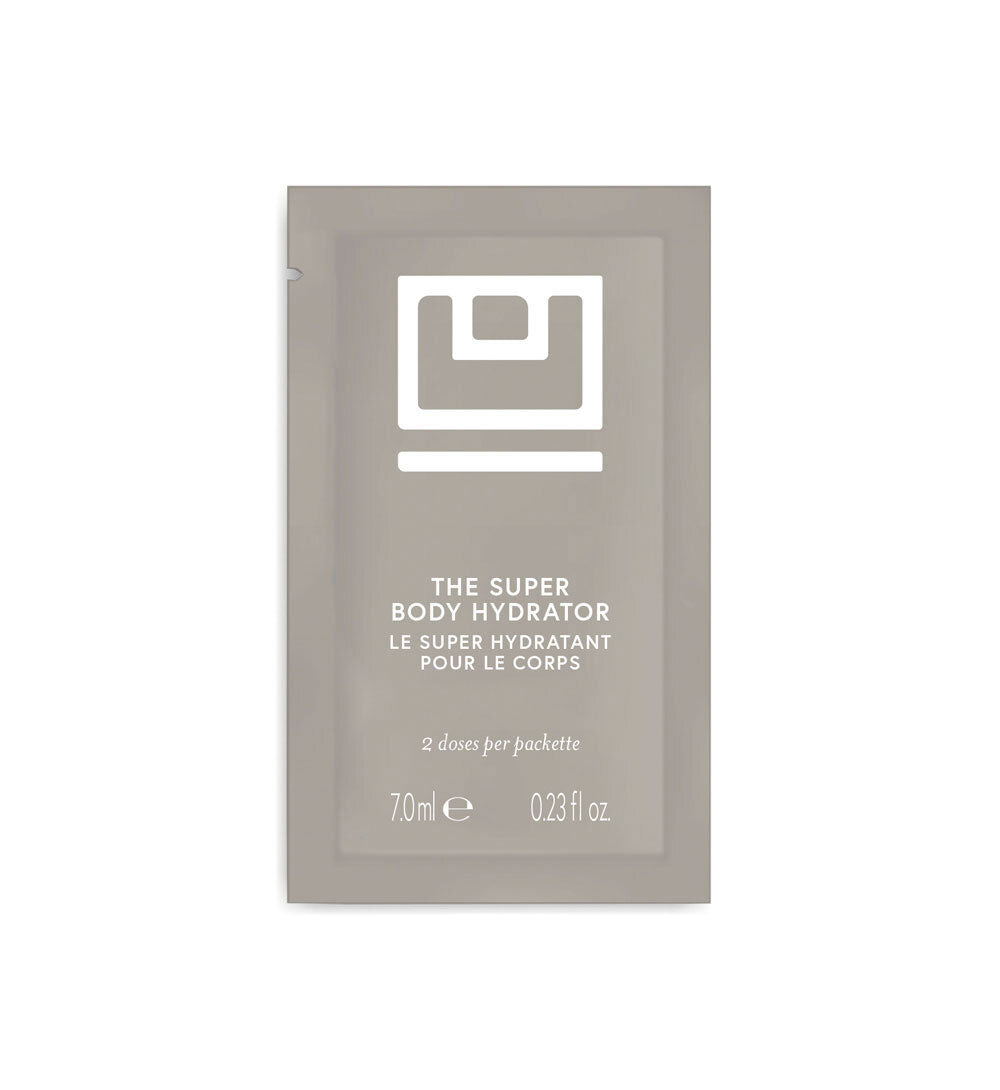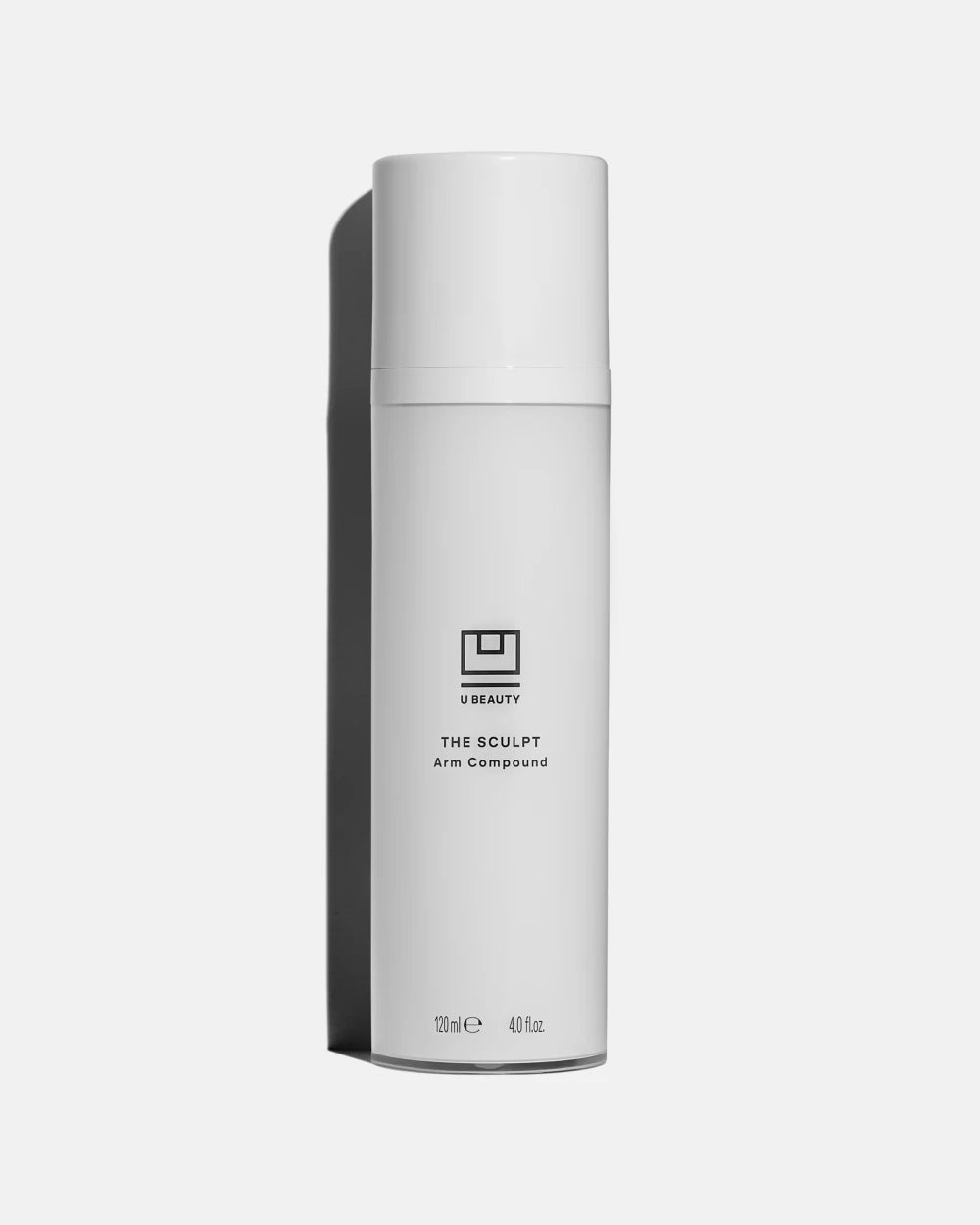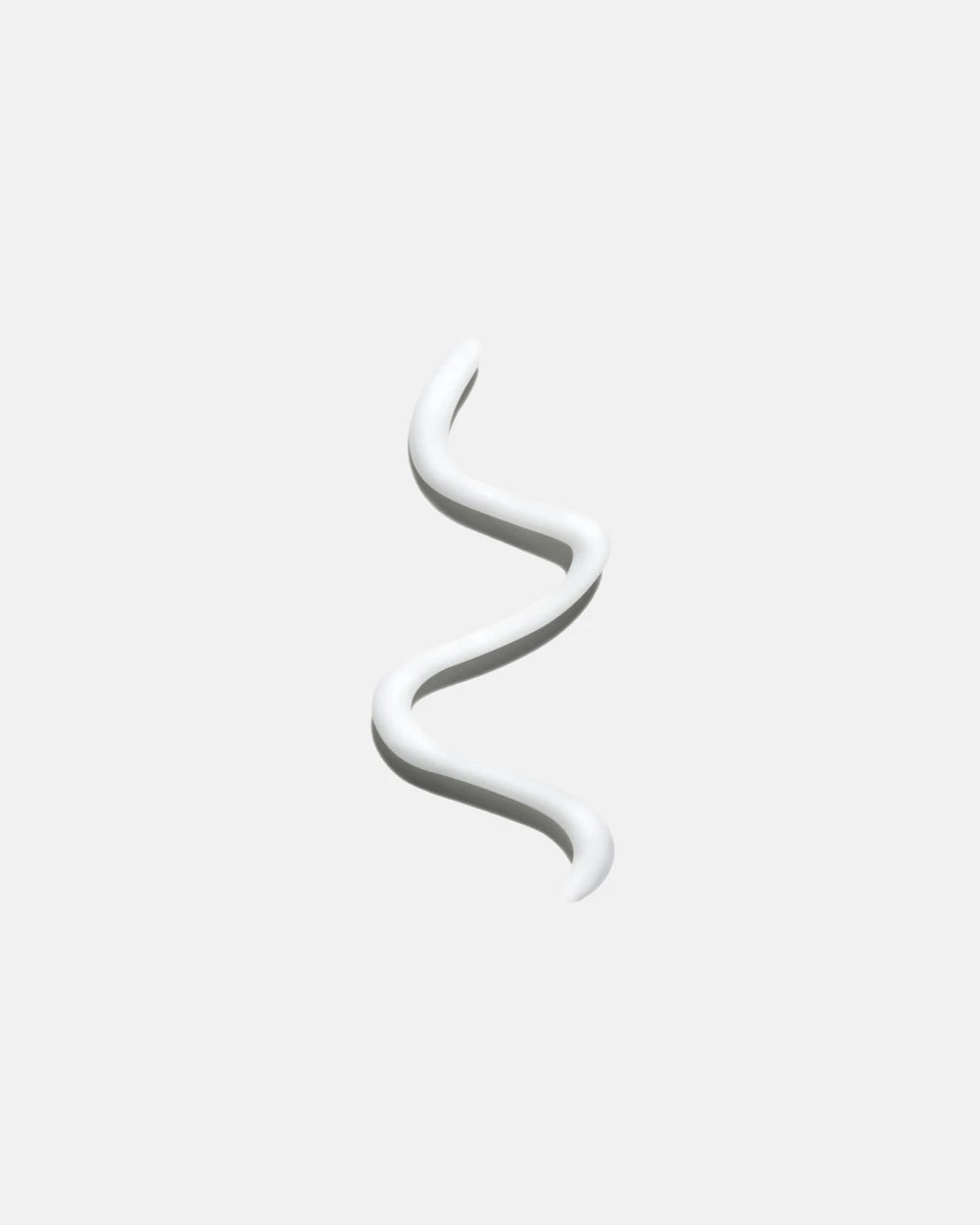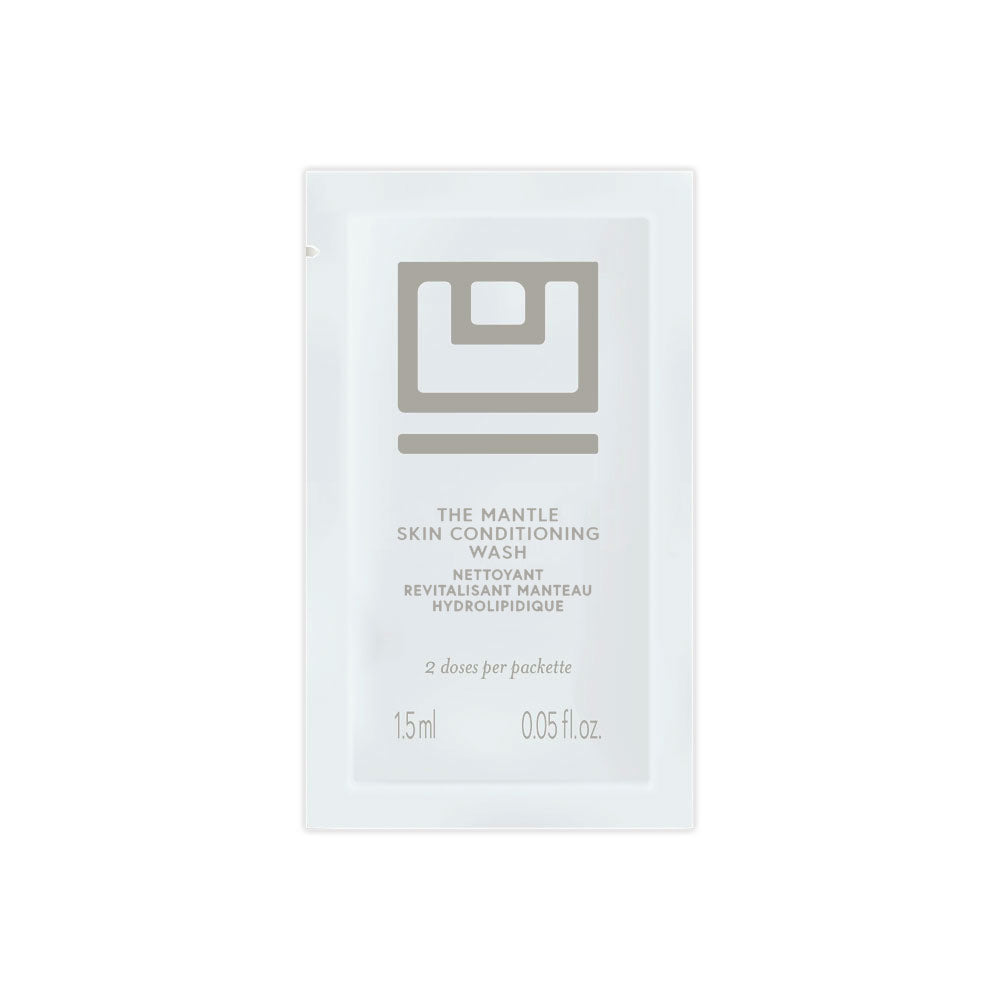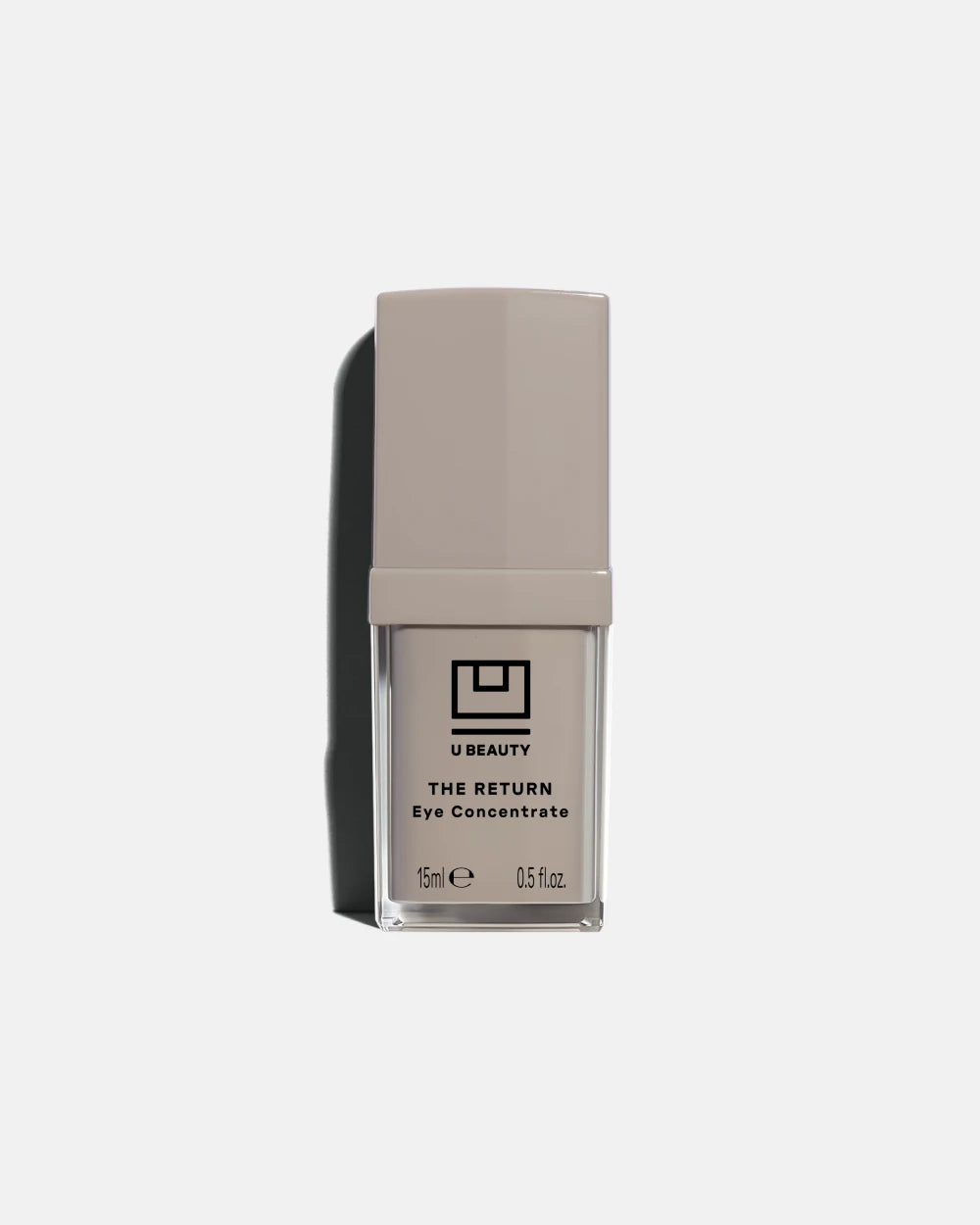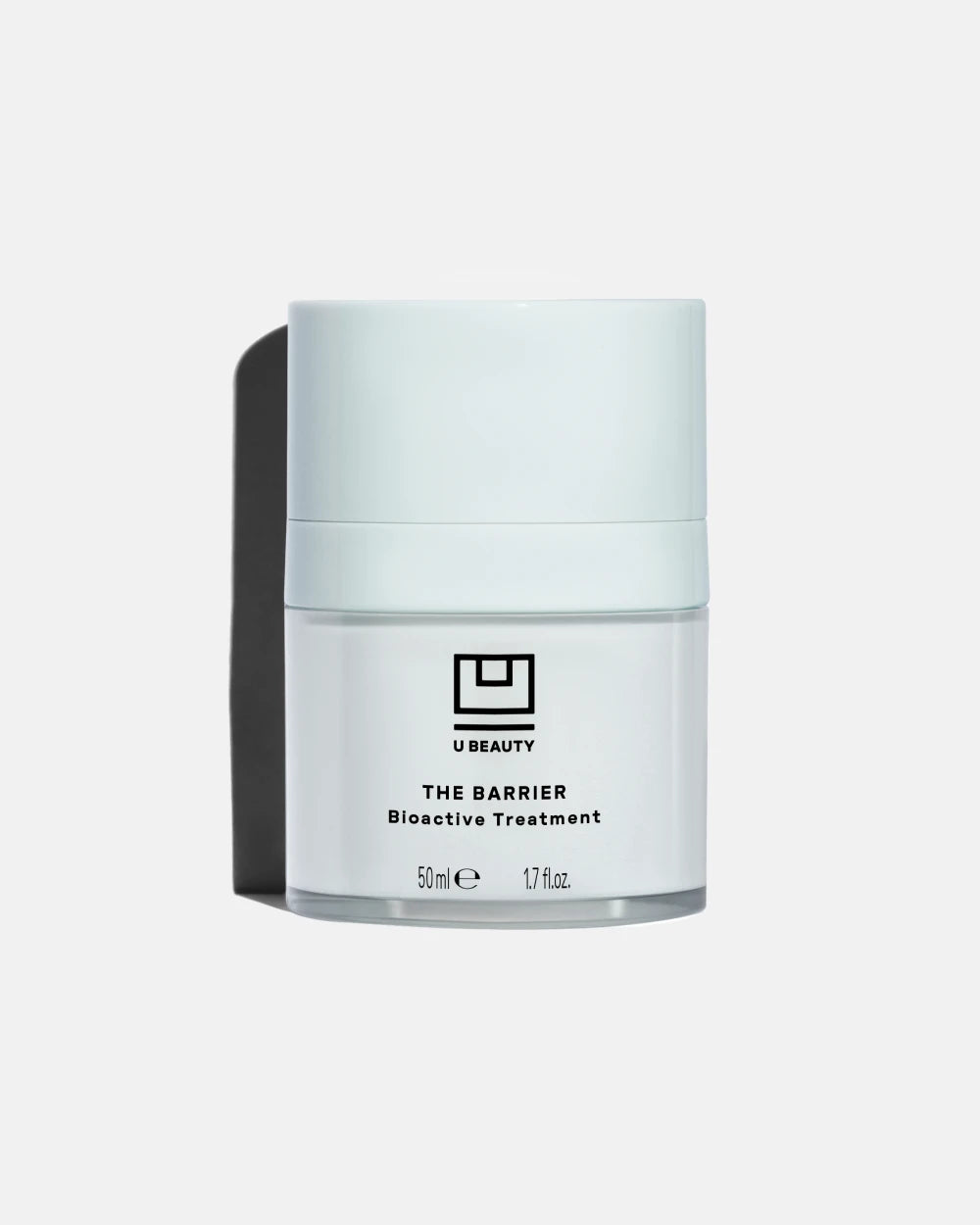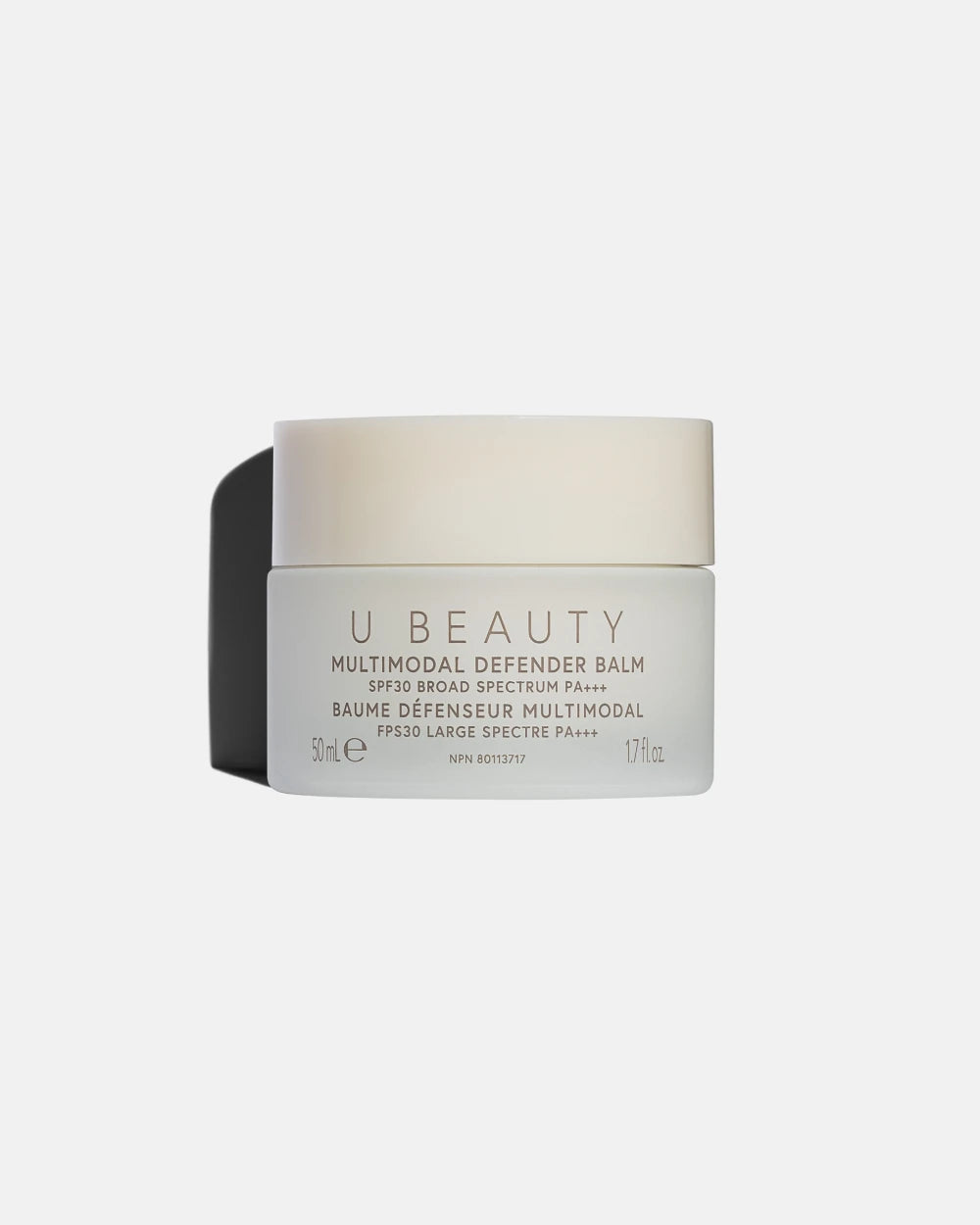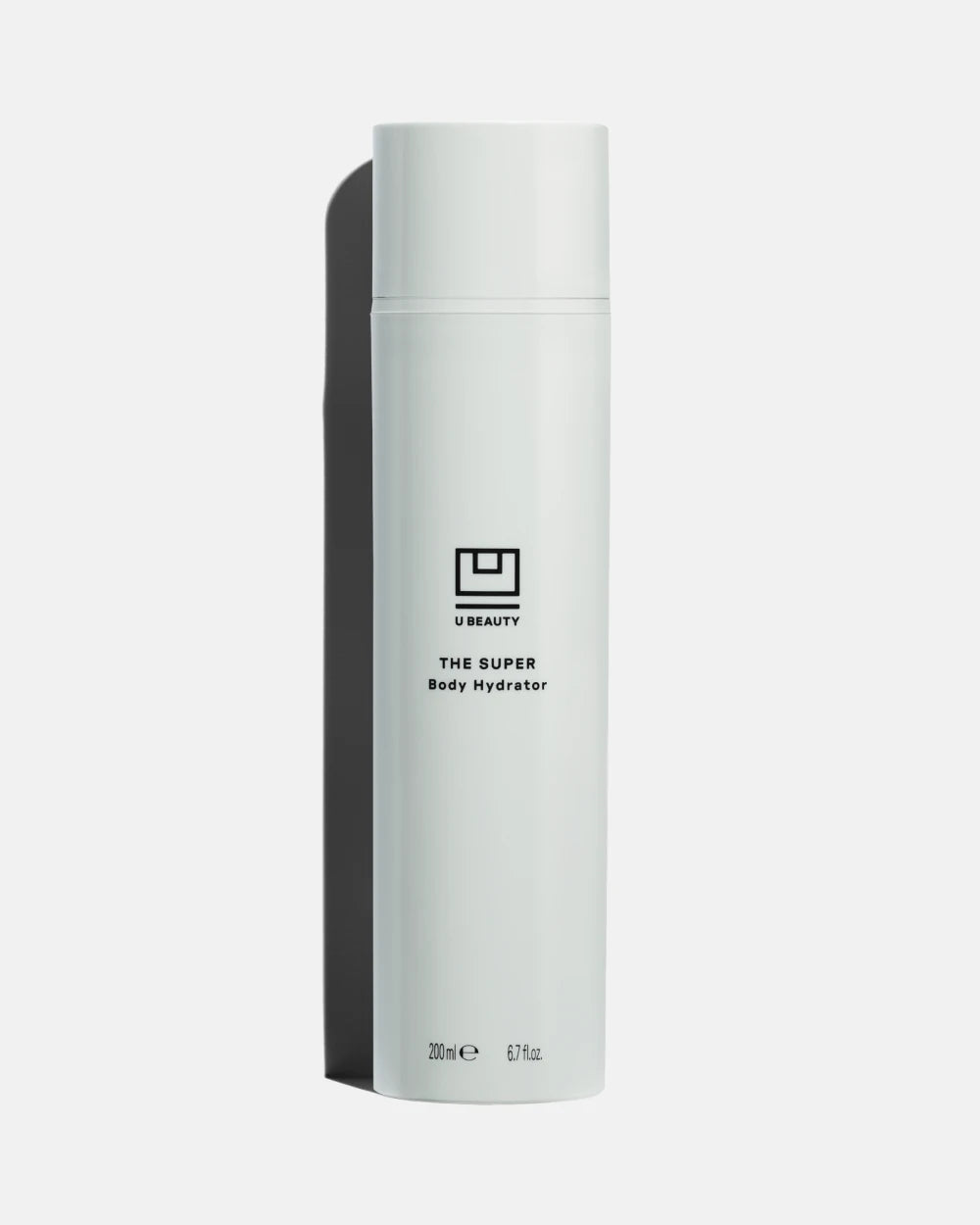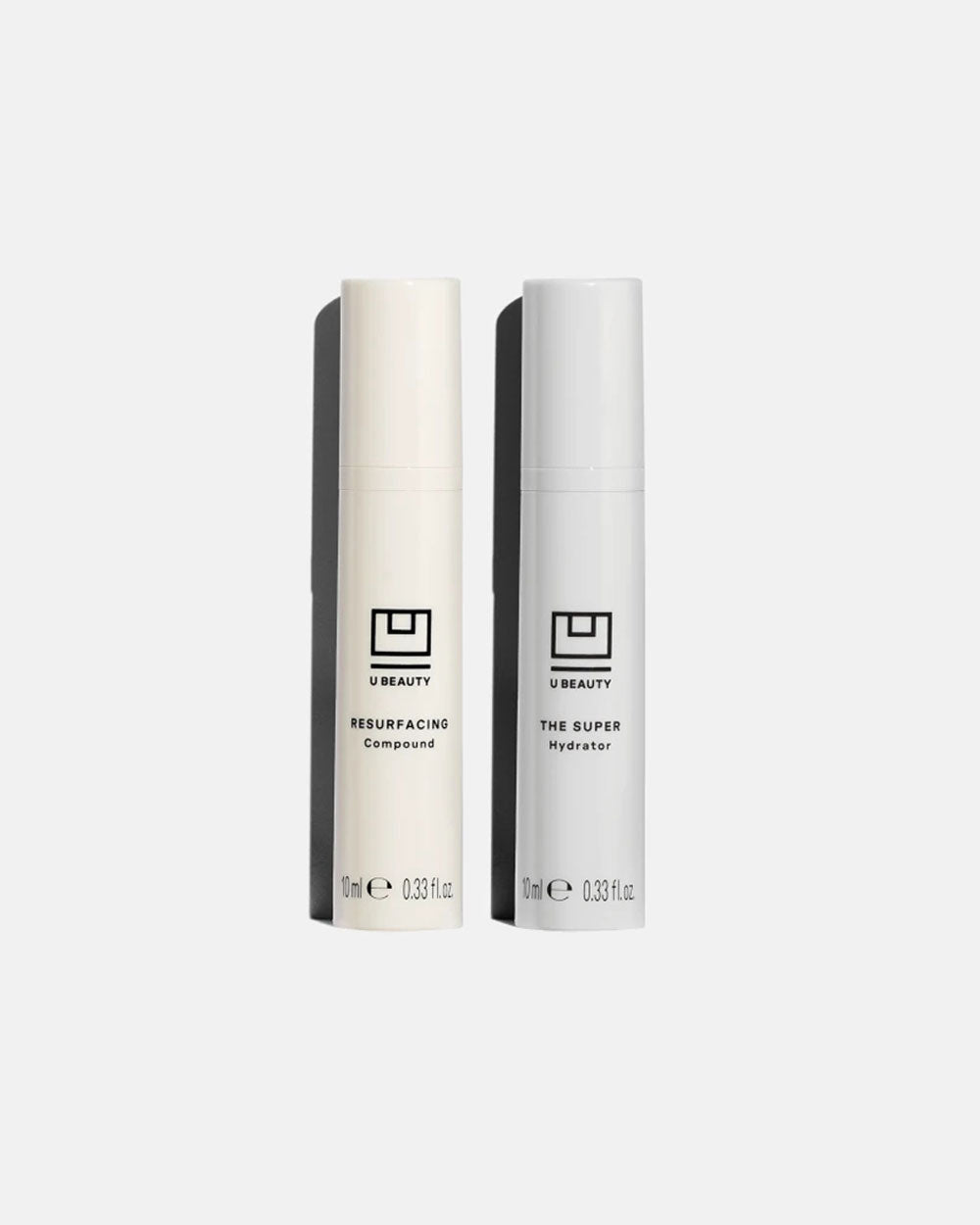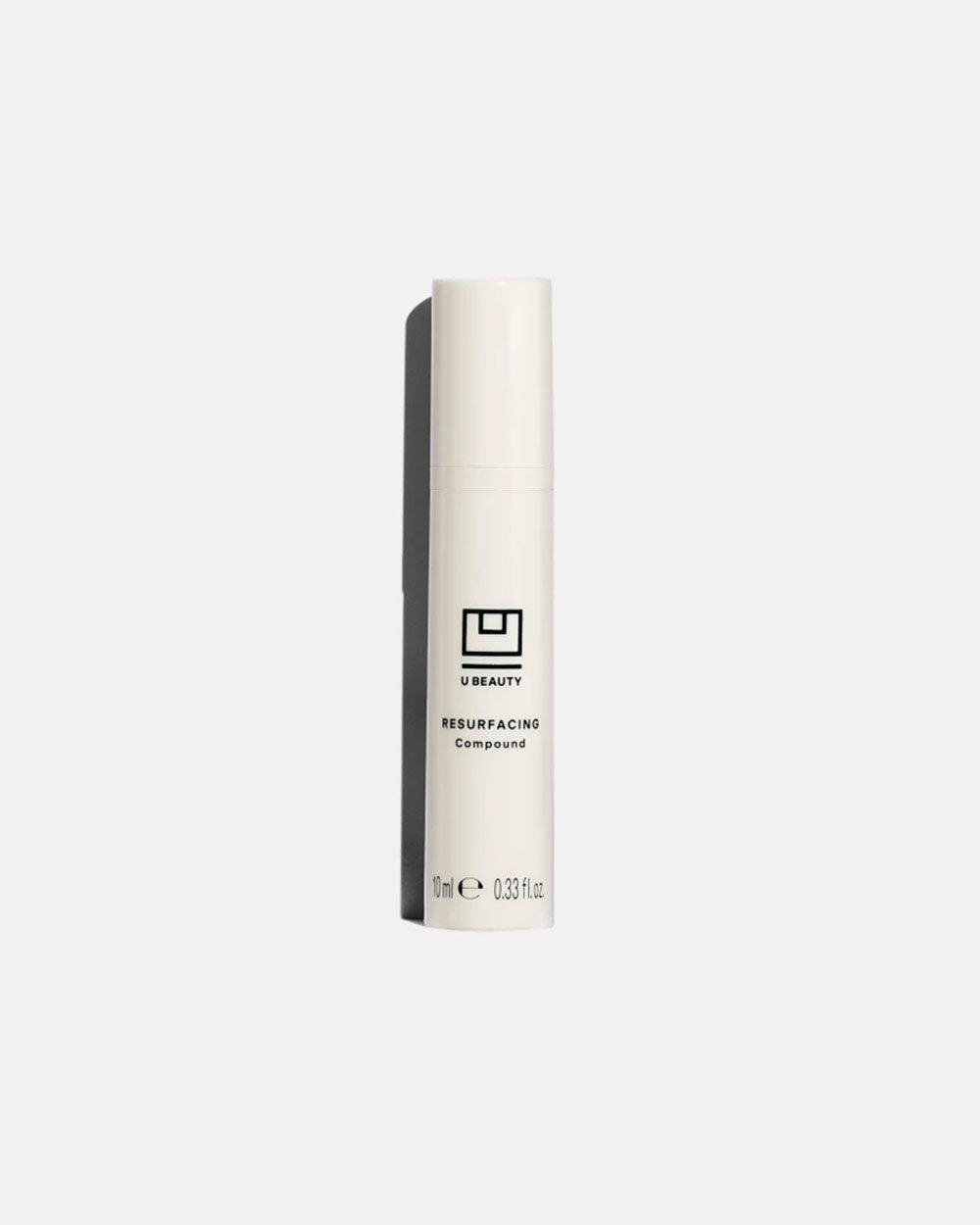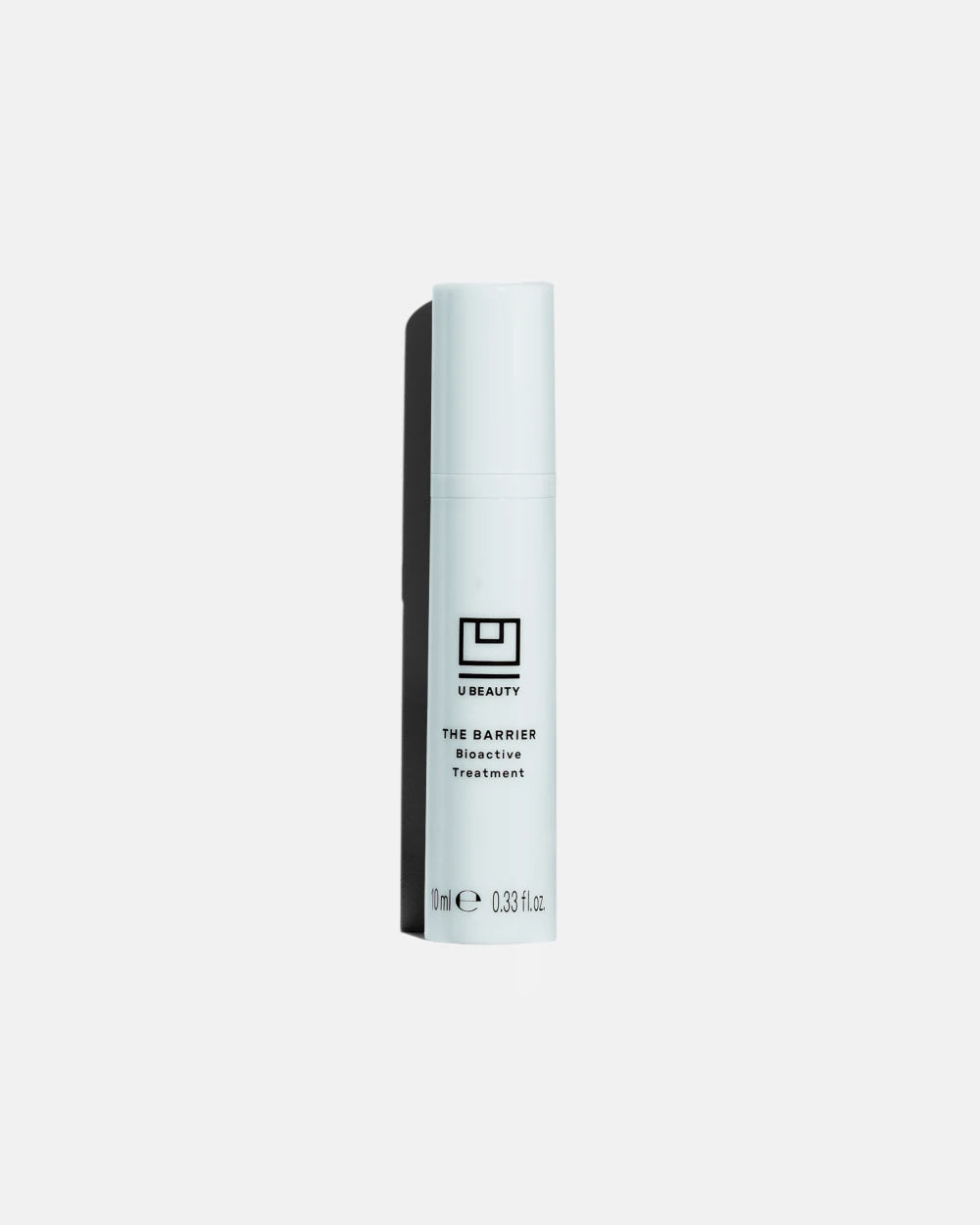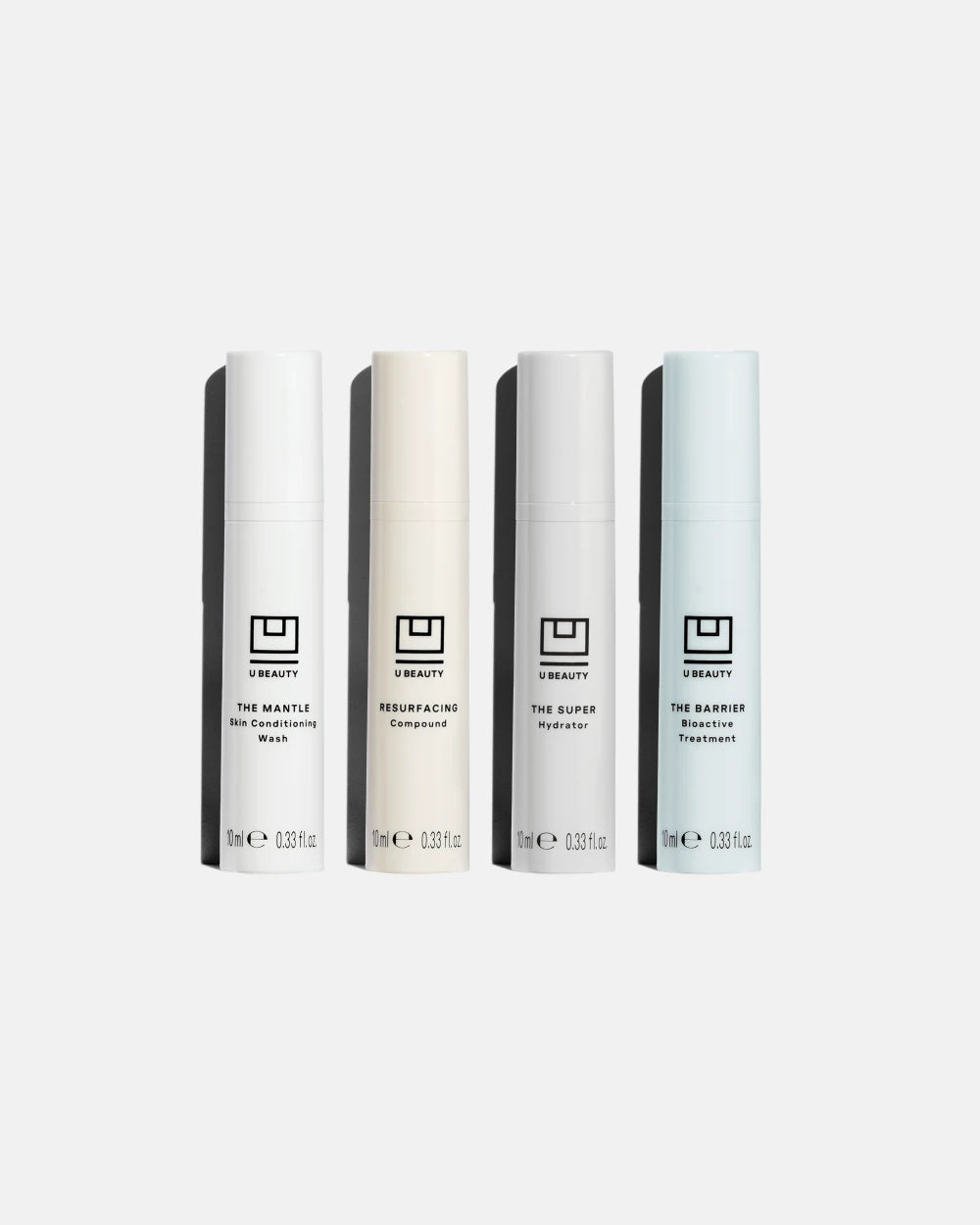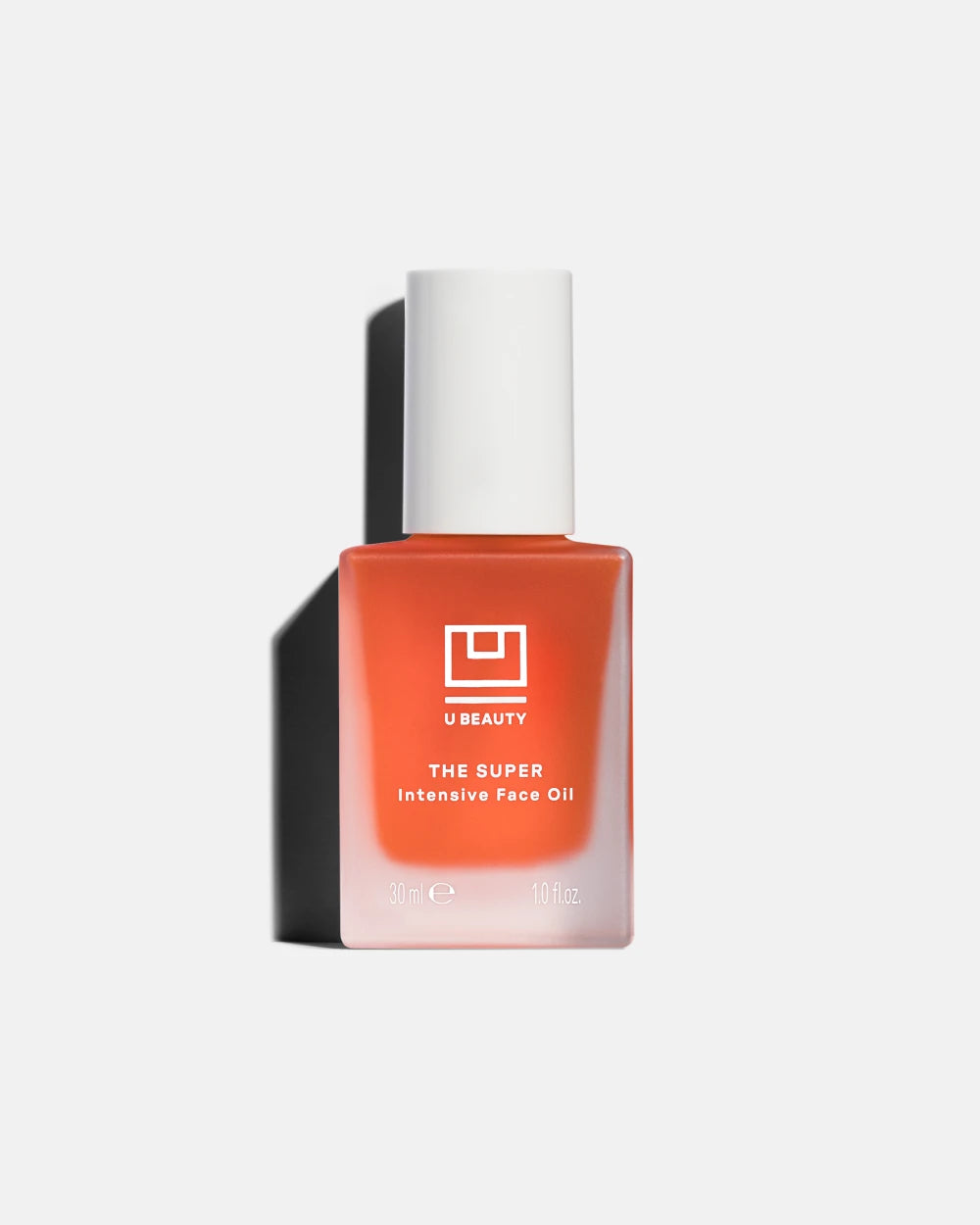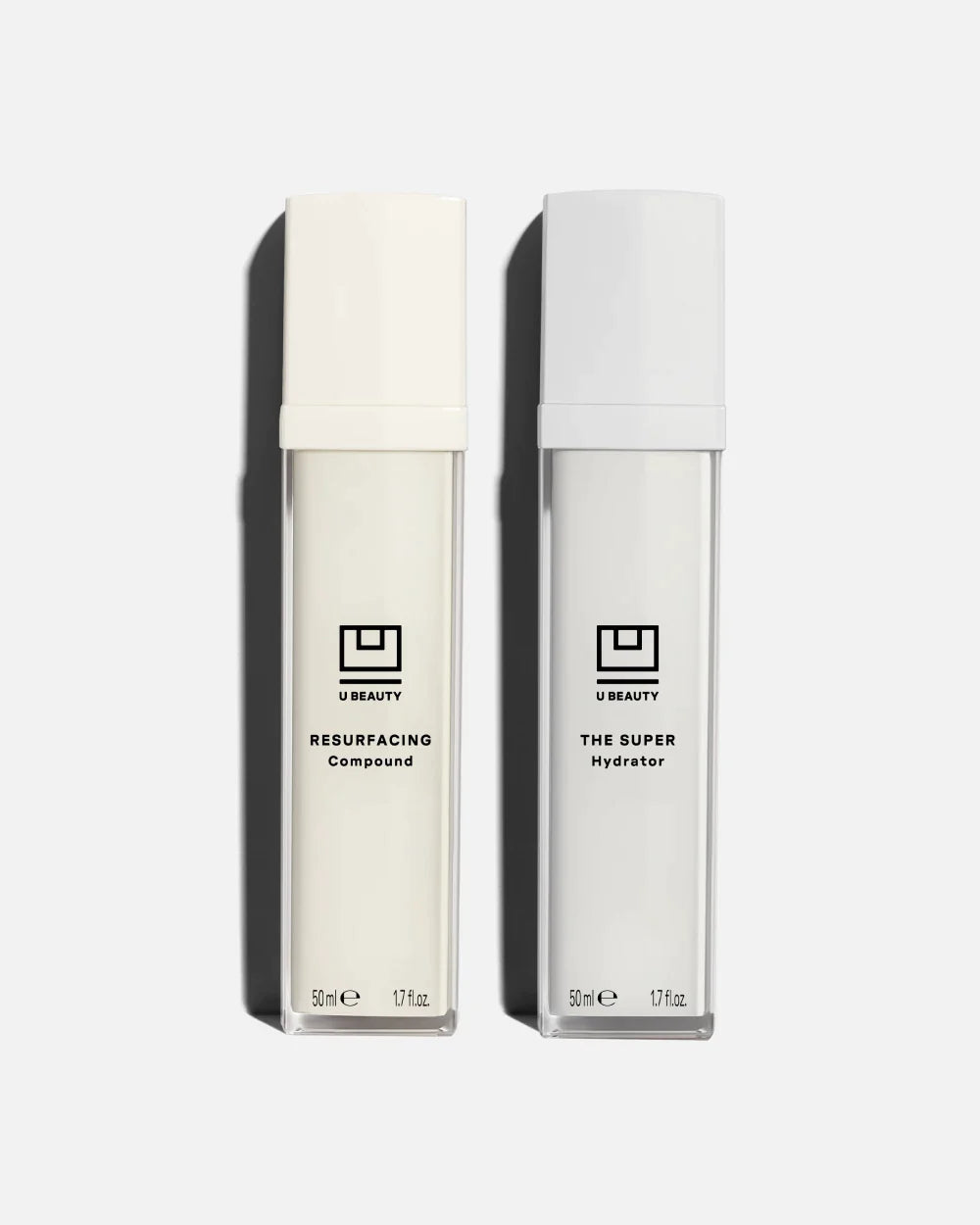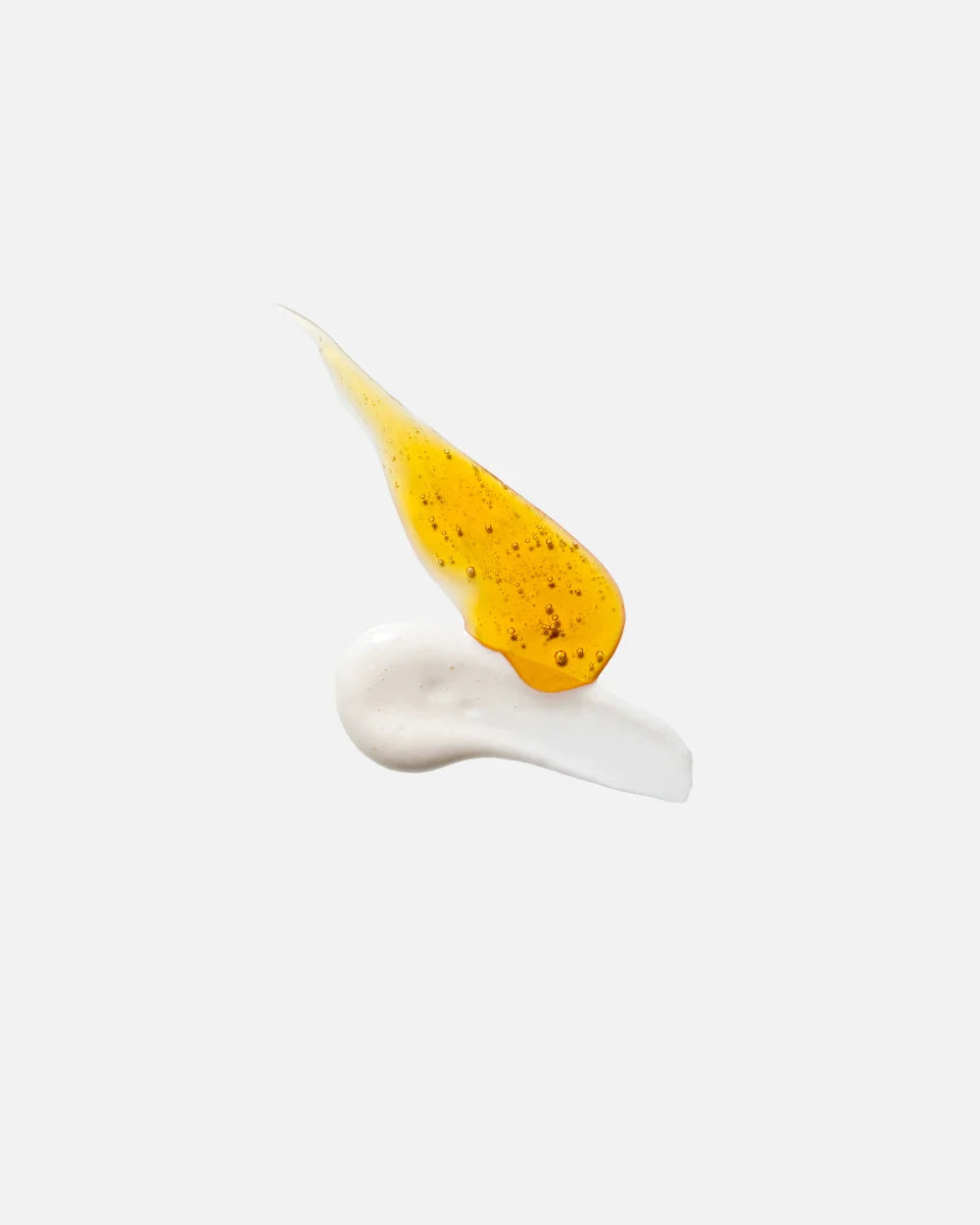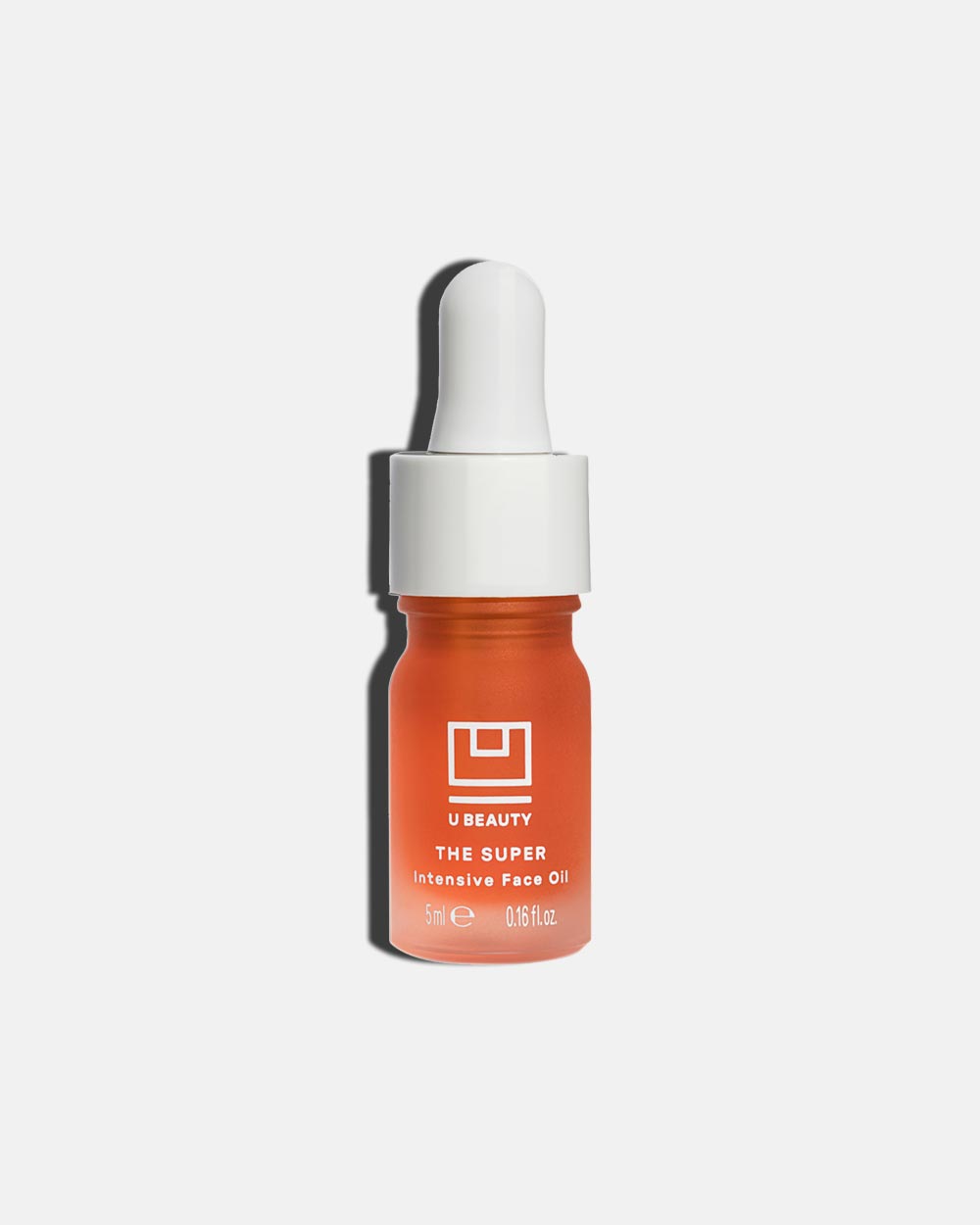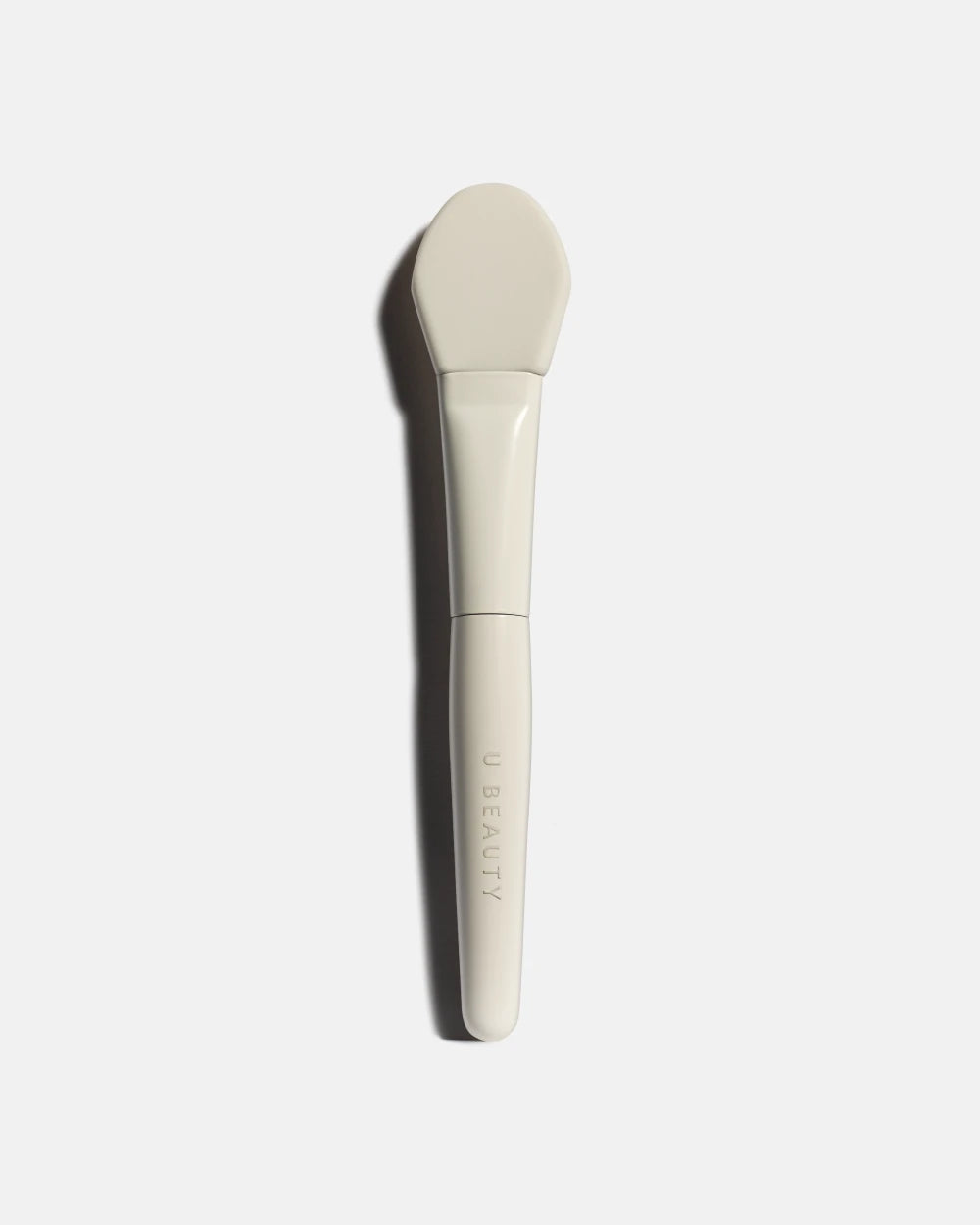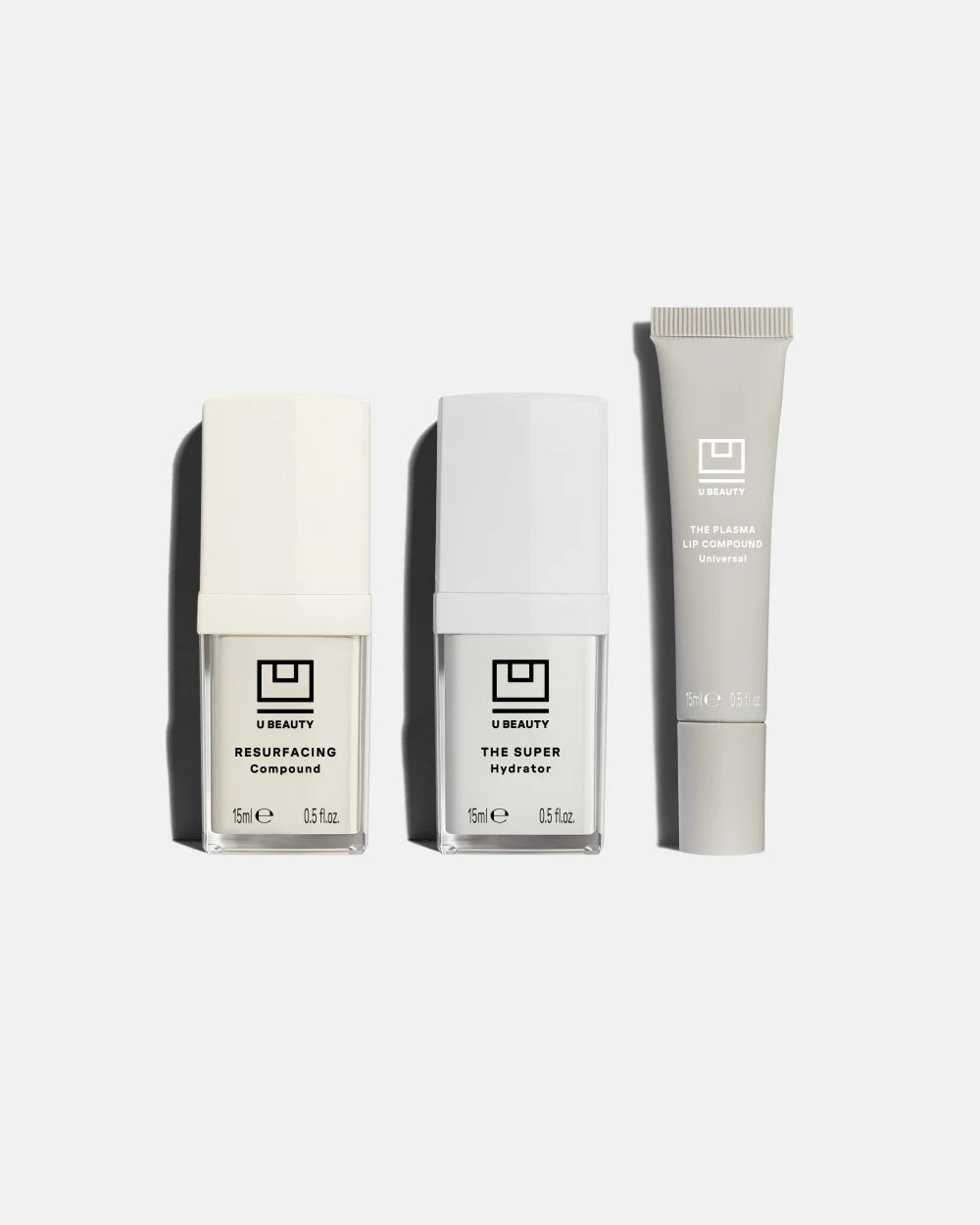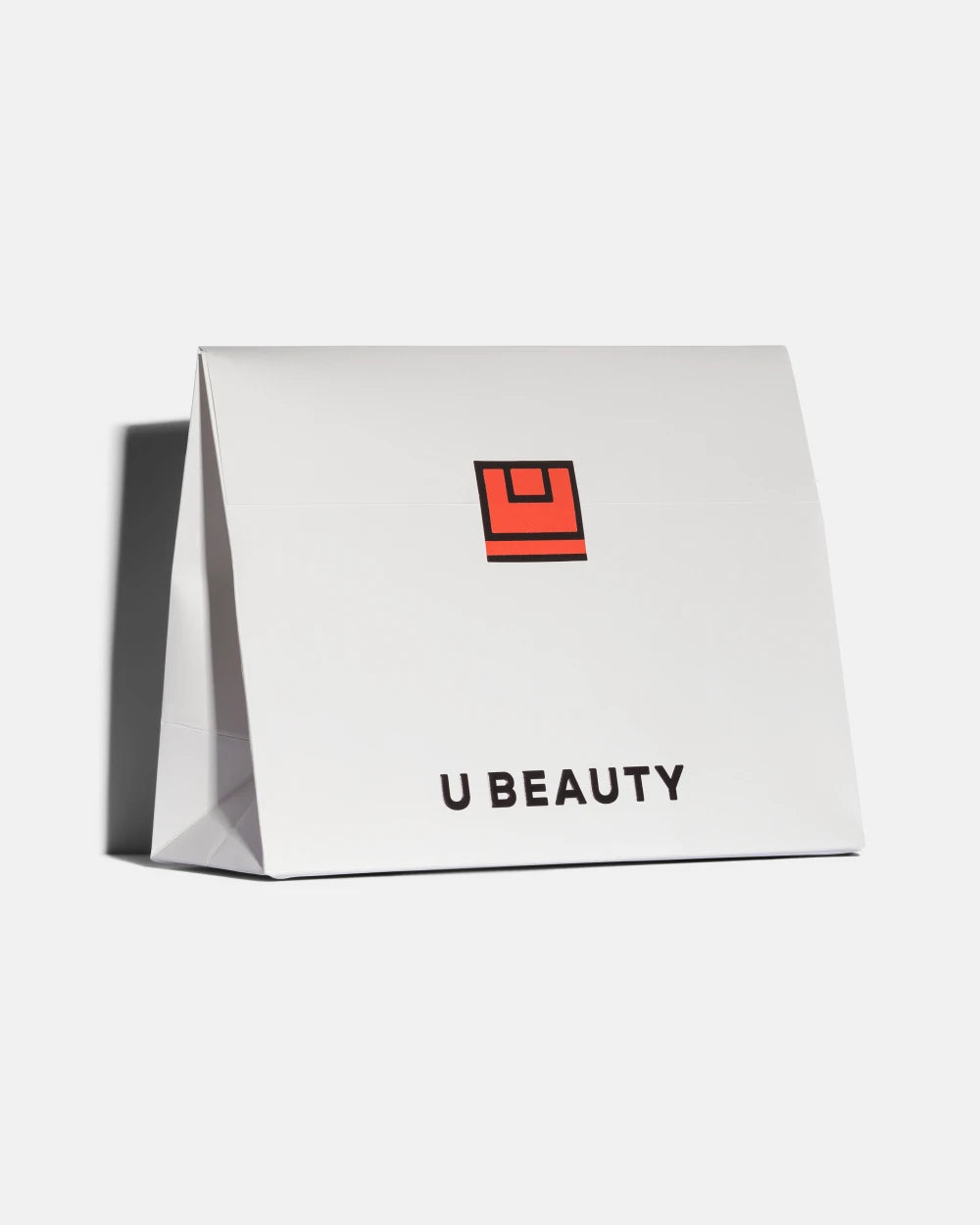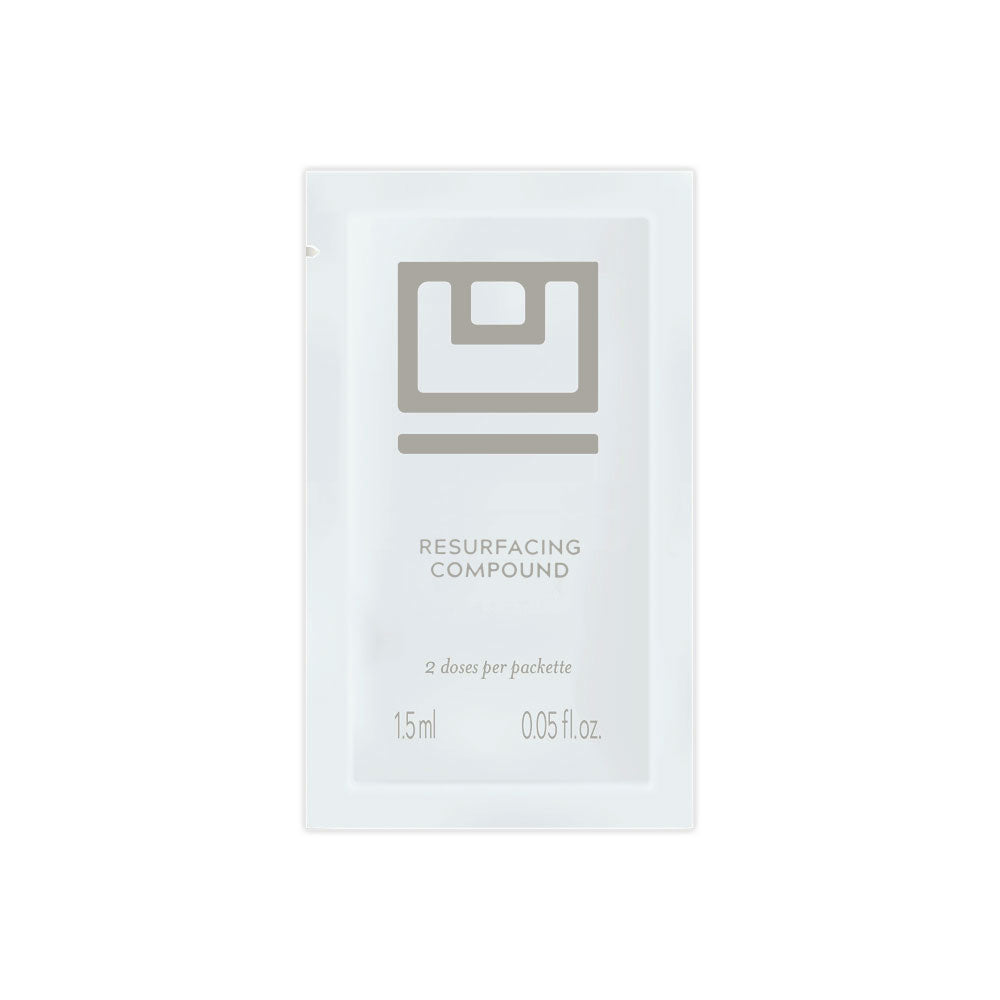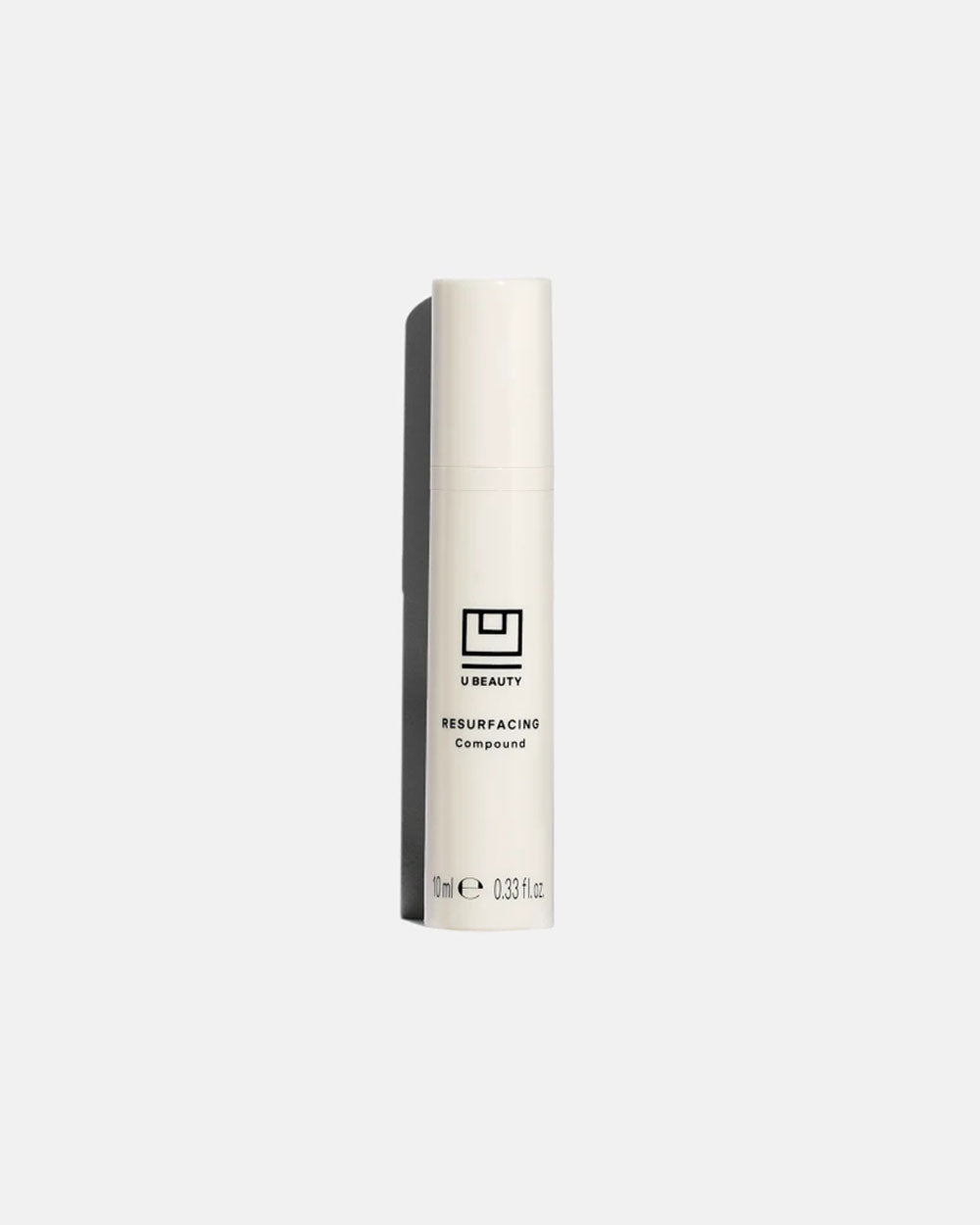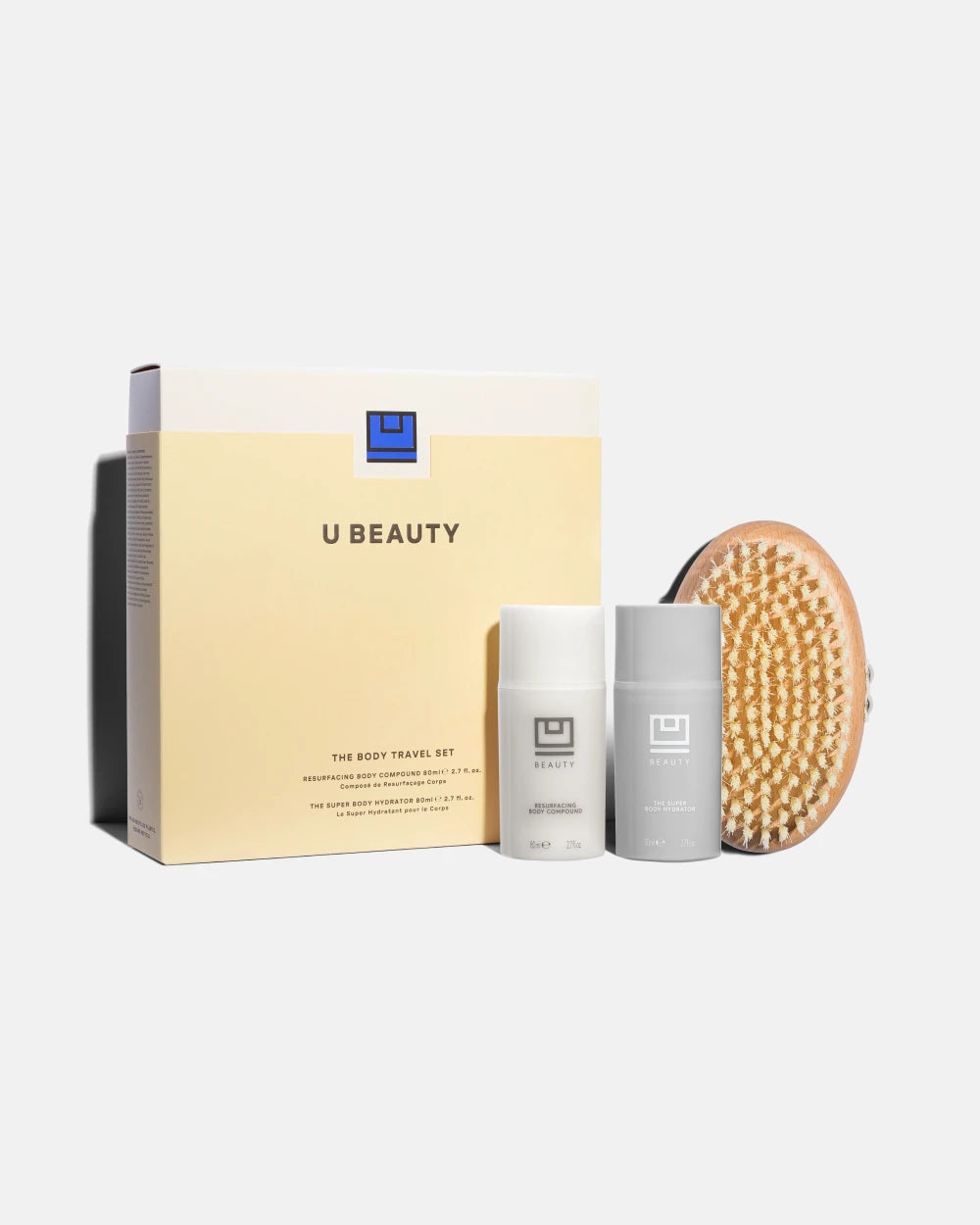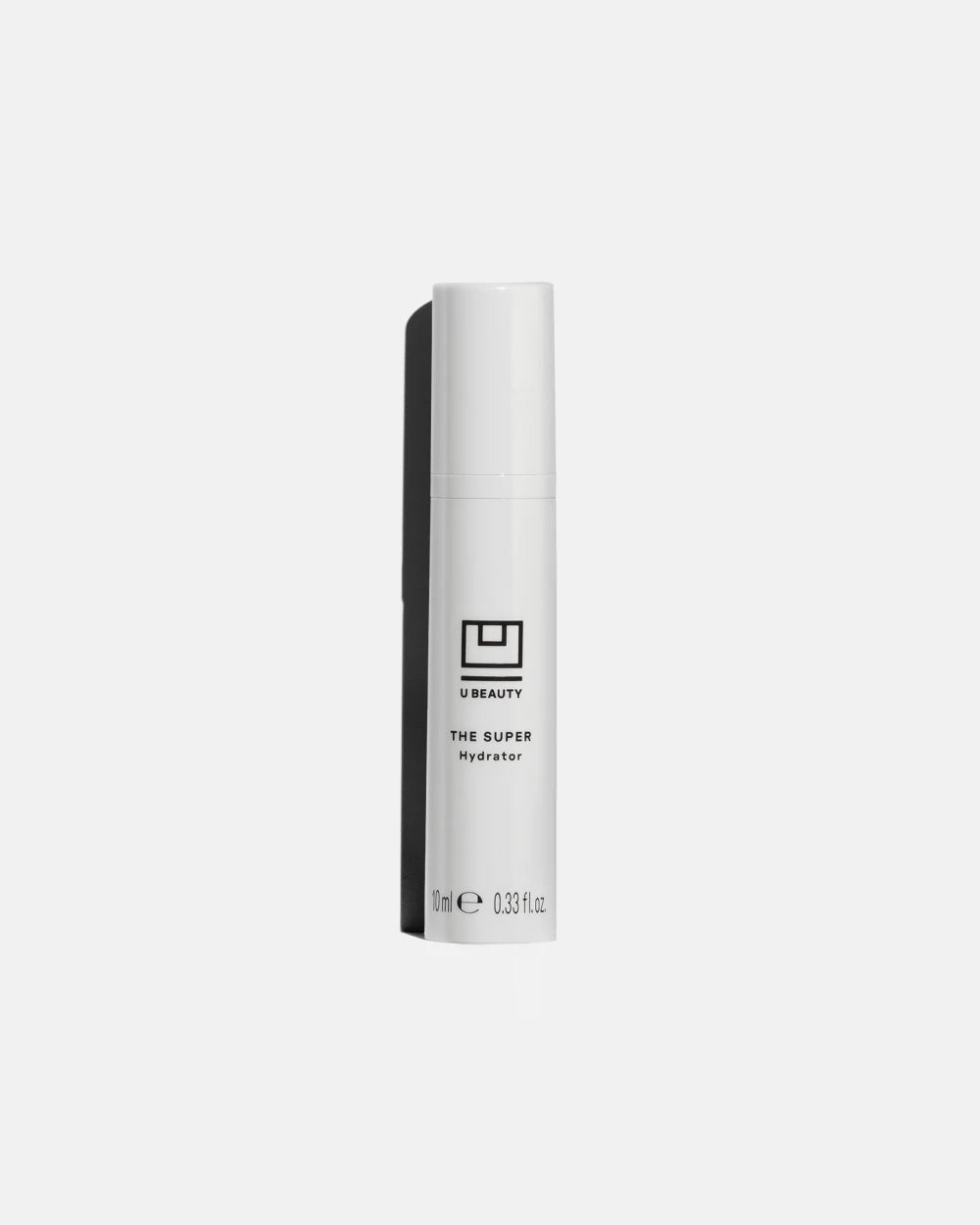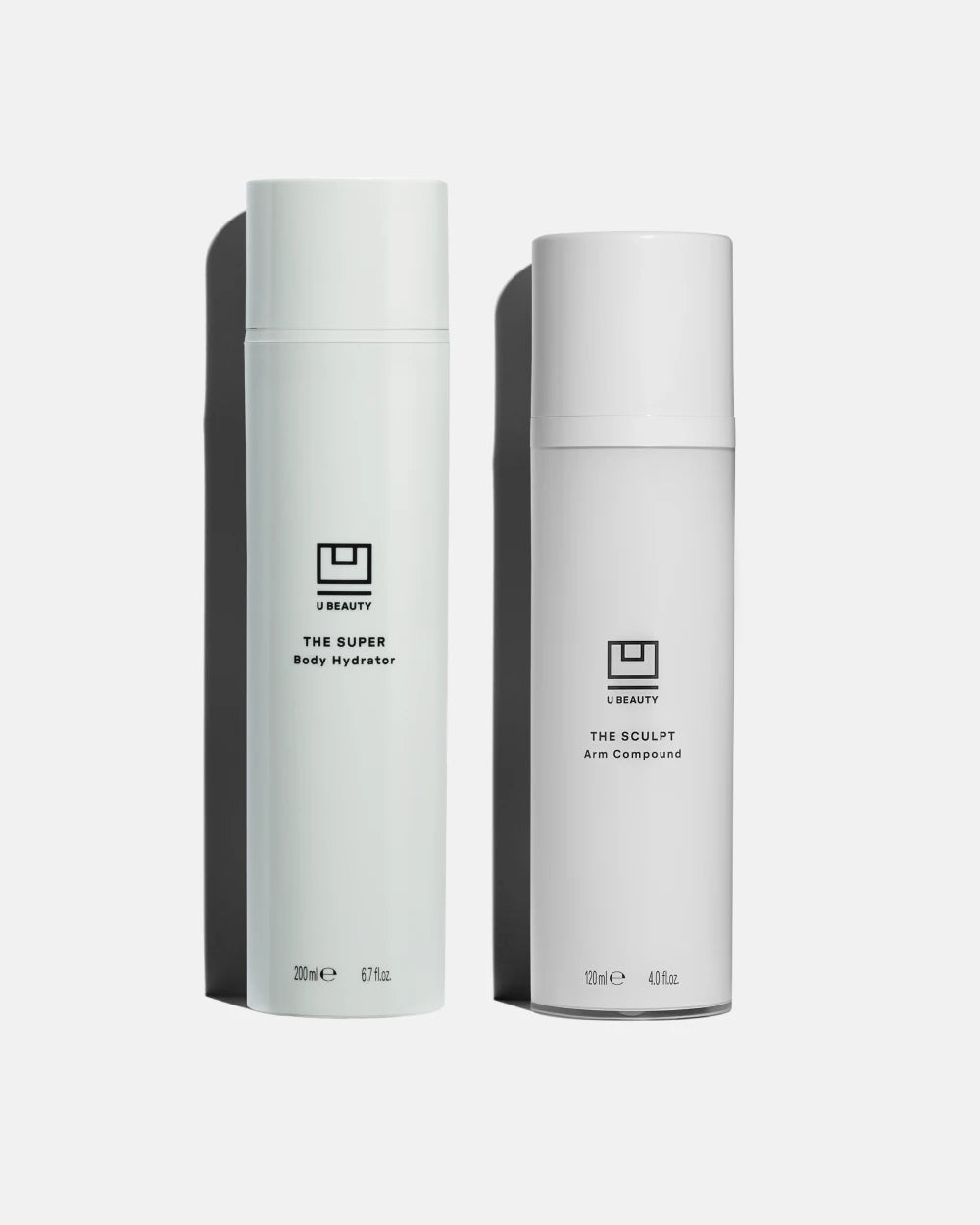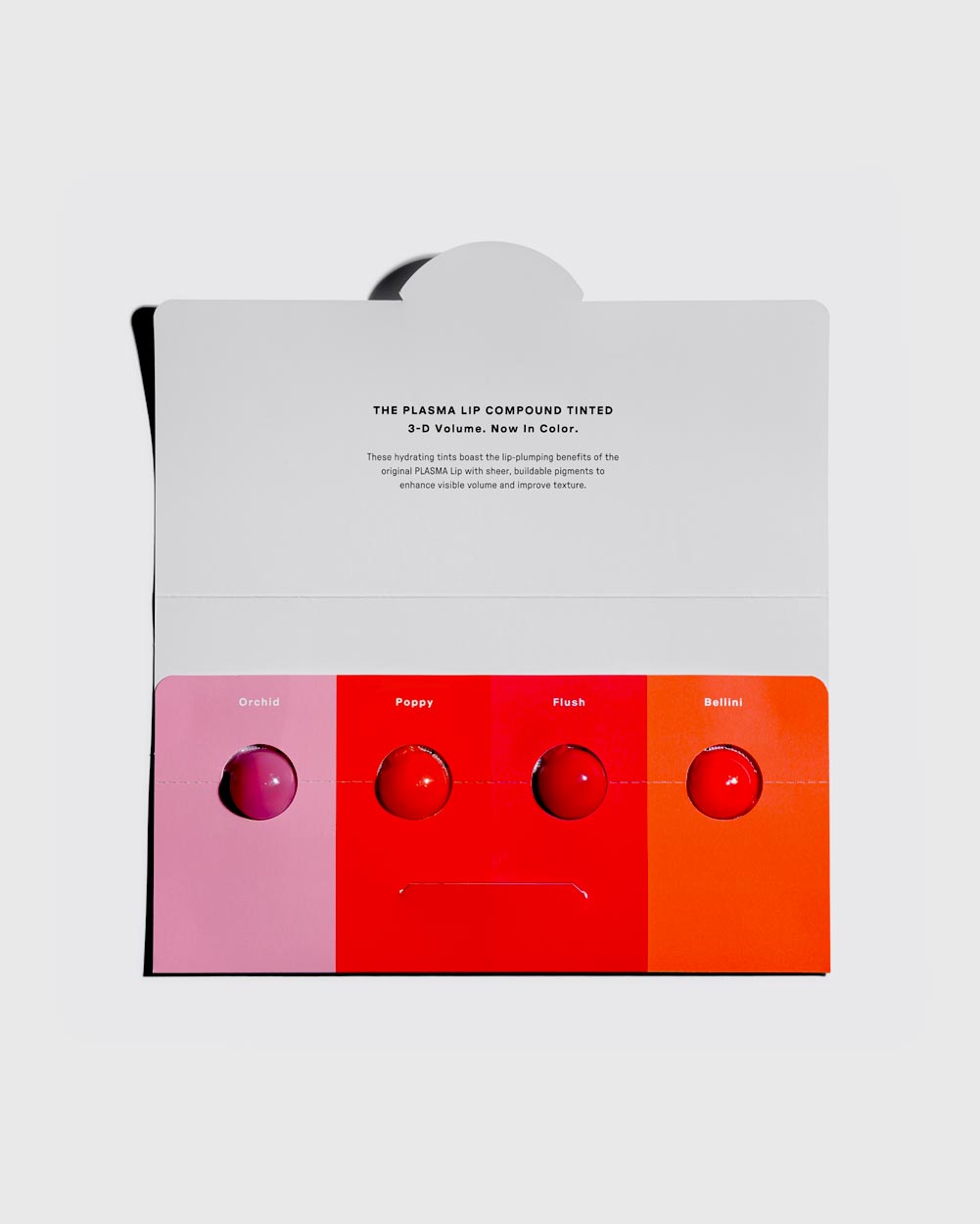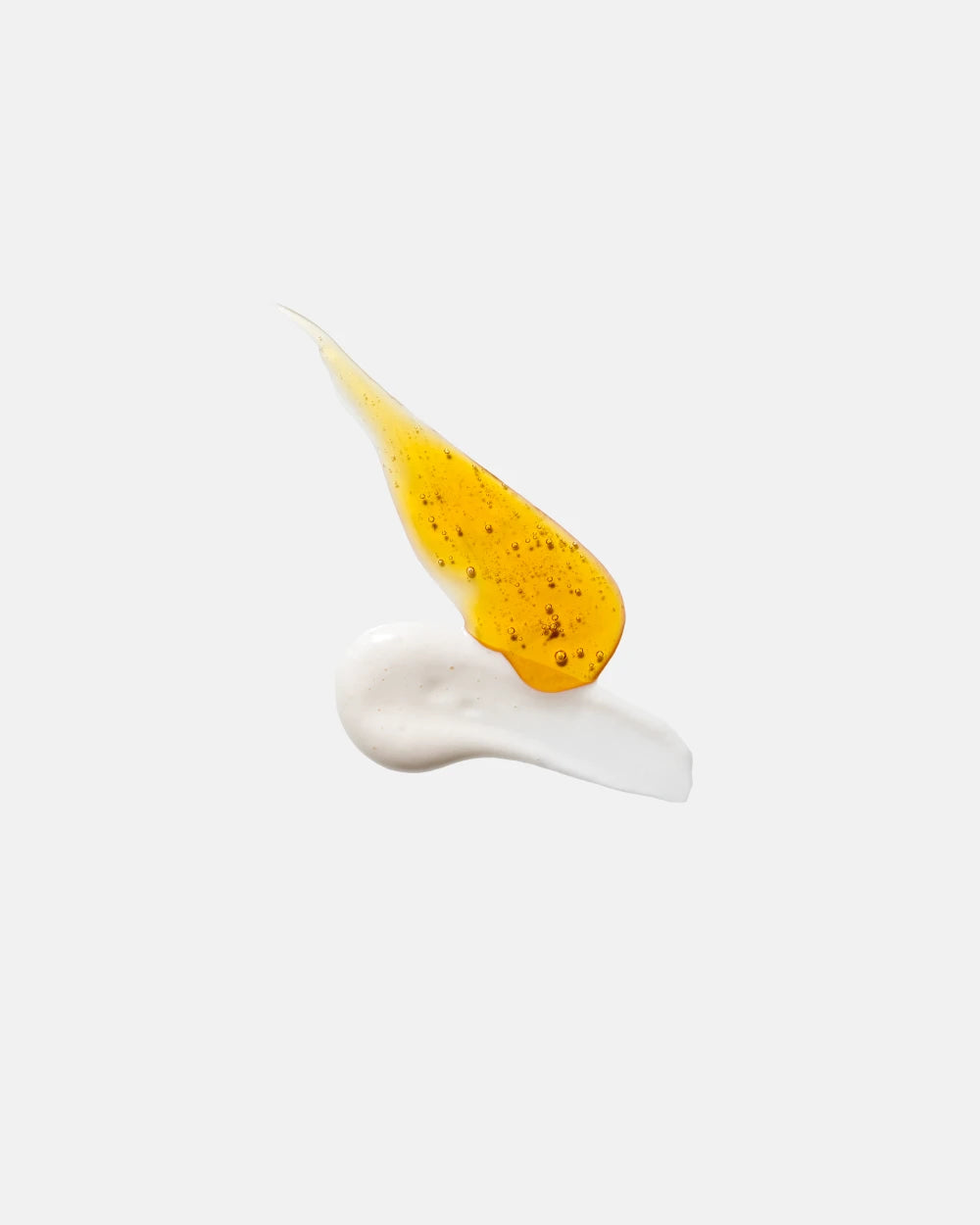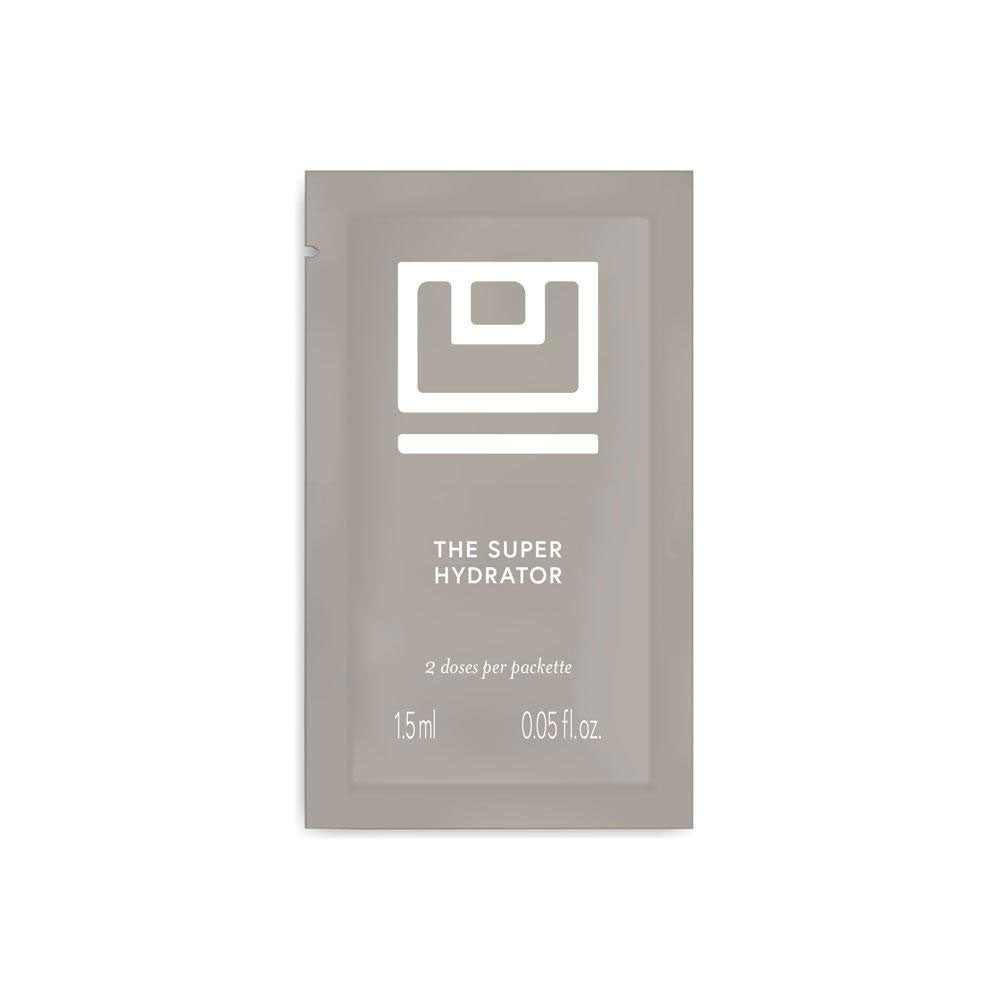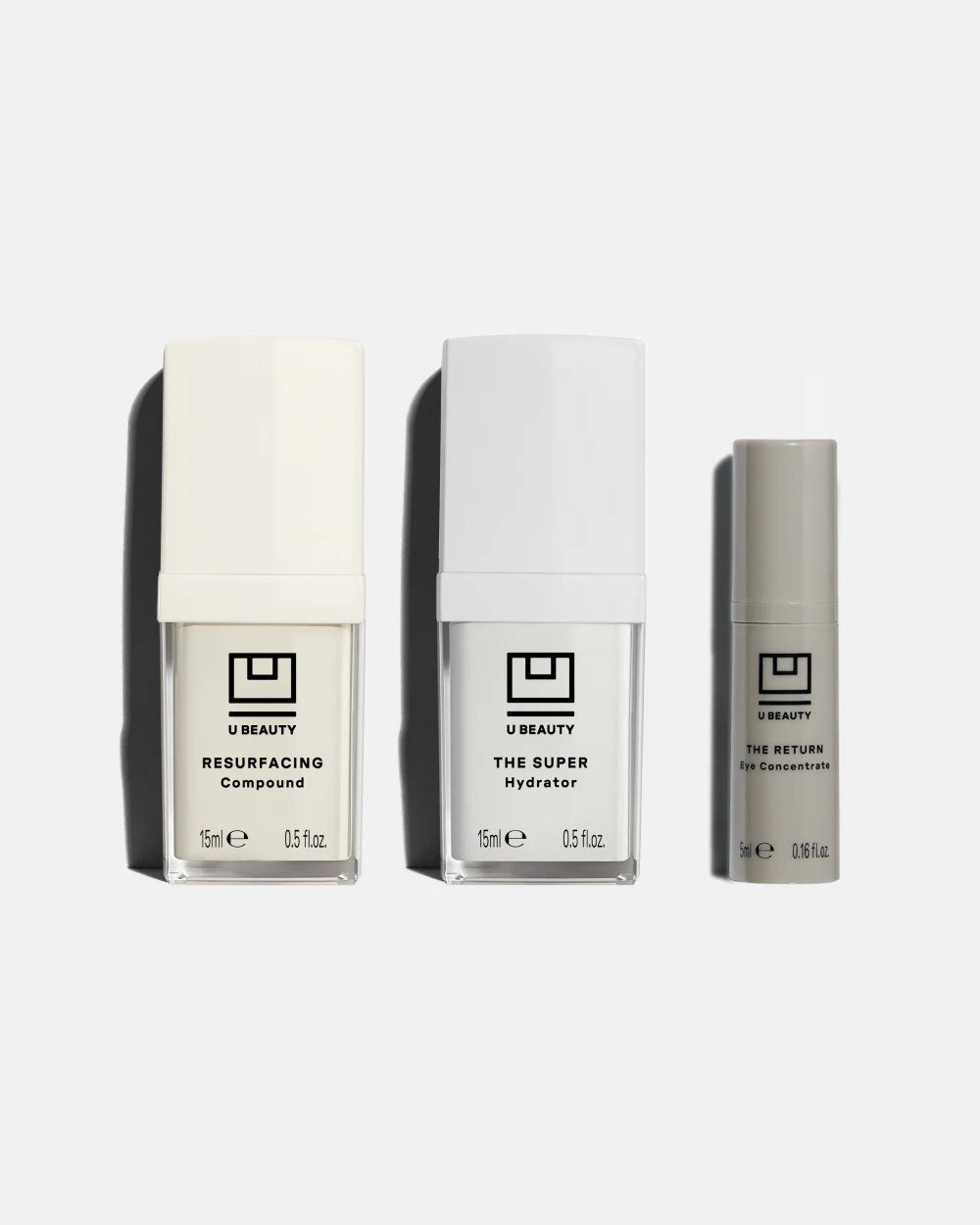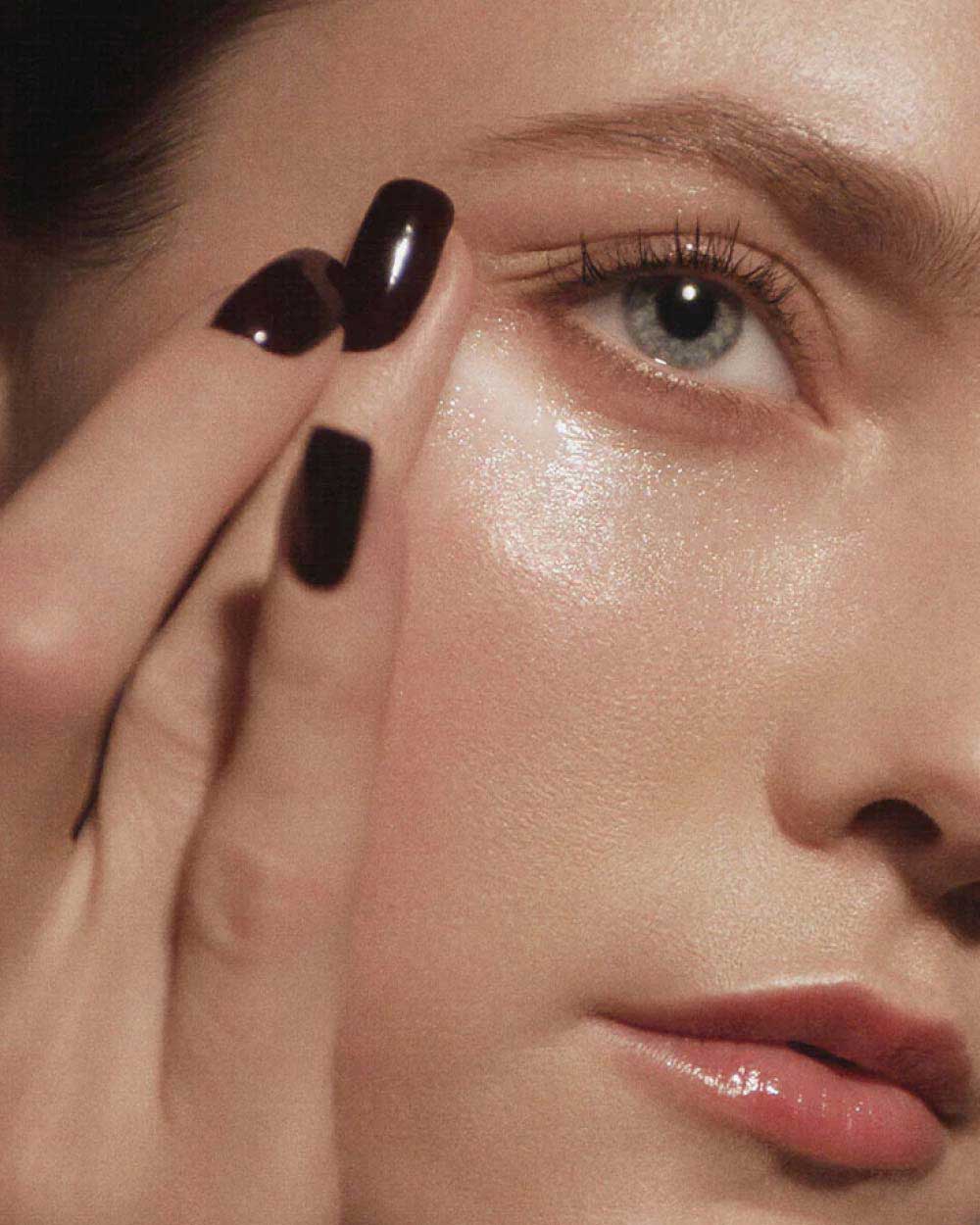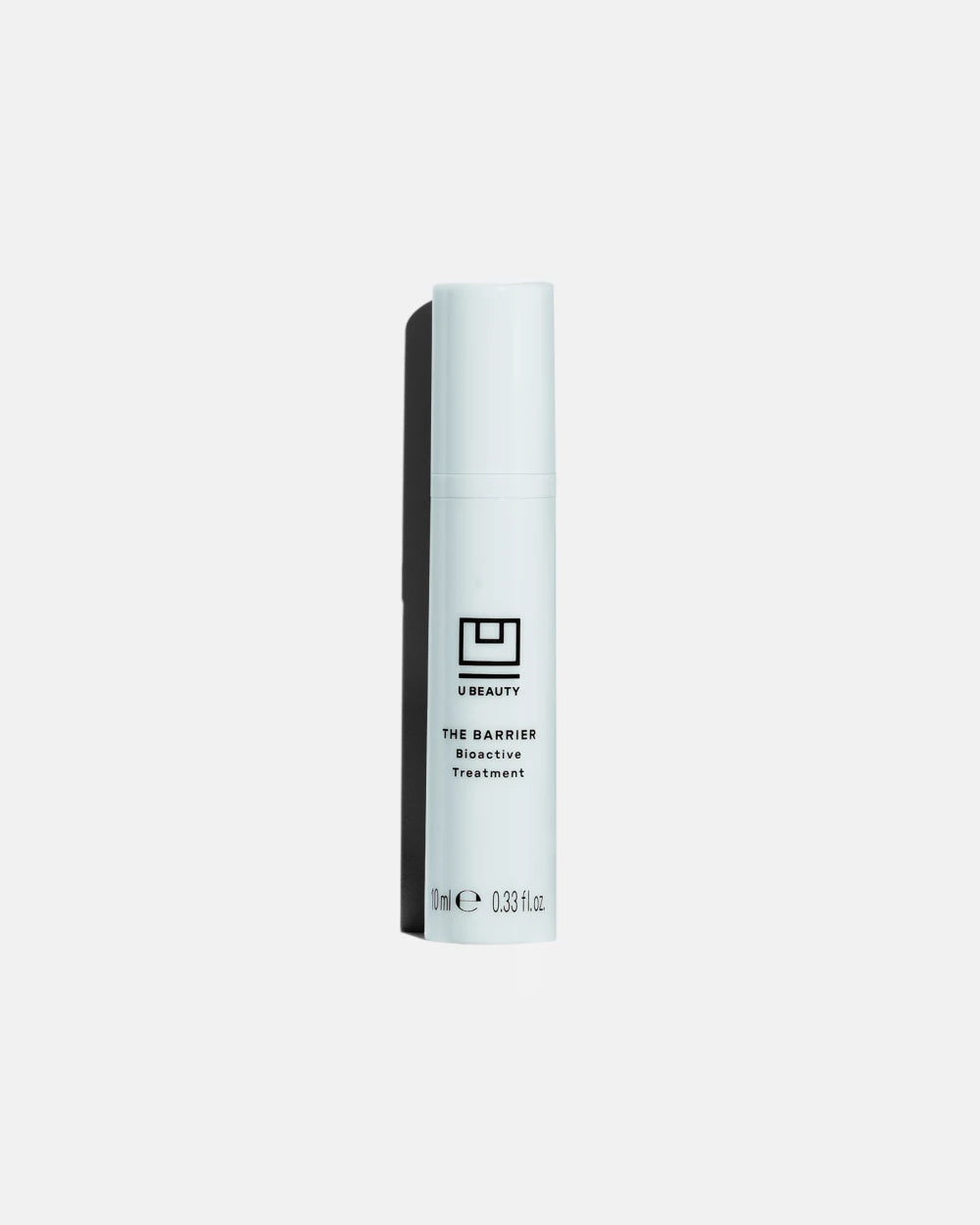Pheromones and the Appeal of Minimal Perfumes

Start Making Scents:
Pheromones and the Appeal of Minimal Perfumes
We’re all familiar with the power of scent: its ability to transport us to another moment in time by bringing back a memory, its potential power over our moods, and yes, its capacity to make us feel a sense of attraction to another person. On the flipside, psychologist Rachel Herz, author of The Scent of Desire, has been quoted saying, “One of the most common things women tell marriage counselors is, ‘I can’t stand his smell.’” Did you know, as determined by a 2012 study at the Weizmann Institute of Science in Israel, the scent of a woman’s tears actually reduces sexual arousal, as well as testosterone levels in men? Ponder that for a moment!
The power of scent is strong, and like many aspects of our life (like say, our skincare routines), it’s often at its most impactful when stripped down and minimalist. Let’s think about the concept of pheromones, formally defined as “a chemical substance that is usually produced by an animal and serves especially as a stimulus to other individuals of the same species for one or more behavioral responses,” namely communication and attraction. A pheromone is not a love potion, but it may very well possess a kind of innate magic. It was less than 30 years ago when a study was first conducted to prove the existence of pheromones in humans. In 1986, Dr. Winnifred Cutler, who founded the Athena Institute for Women’s Wellness, determined, to quote from an article in The Washington Post that same year, “the human body produces pheromones, special aromatic chemical compounds discharged by one individual that affect the sexual physiology of another.”
About a century prior in Paris, the stench of body odor grew so strong it was nicknamed “The Great Stink of 1880.” Apparently, a lot could be discerned about a person upon first impression, and with the dawn of modern-day perfume, deodorant, and regular showers, our ability to determine our attraction levels to others depreciated greatly. But we still have a handle on what we like in another person’s aroma. A 2005 study in which gay men were giving anonymous sweat samples to sniff showed they preferred the scent of other gay men. Similarly, a well-known Swiss study in 2008 asked women to rate the odors of T-shirts worn by various men. They selected men whose DNA was distinctly different from theirs (so if they bred, their child would have a healthy immune system); the smell of the shirts they most preferred also reminded them of past and current boyfriends. And a 2007 study in New Mexico reported that a group of strippers earned $150 less per shift when they were menstruating, as opposed to when they were ovulating, as in at their most fertile. In short, the nose knows.
So where does that leave us in 2020, as we pare down our daily lives in favor of what’s both simple and effective. Or in the context of scents, minimalist and potent. Just like the concept of your own skin and natural beauty shining through the products you use and the cosmetics (or lack thereof) you wear, your signature perfume should enhance your own pheromones, in all their seductive, intrinsic glory.
Pro tip: Keep your fragrances in the refrigerator to give them a longer life, as most have an expiration date of about a year otherwise.
Le Labo Lys 41 Eau de Parfum: U Beauty’s founder and all-around beauty expert Tina Craig loves this scent and for good reason: It’s as warm and inviting as it is effortless. It’s a little floral (thanks to jasmine, lily and tuberose absolute), a bit woodsy (musk) and a touch sweet (vanilla Madagascar), and since it’s not too much of anything, Lys 41 translates to a more inviting version of your favorite white floral scent.
Kai Perfume Oil: Launched in 1999 and inspired by wild exotic flowers, Kai’s signature scent is gardenia embodied in its most tantalizing essence. Tina likes to blend it with her favorite Le Labo fragrance, dabbing a touch of Perfume Oil (in easy-to-apply roller form) right below the nose, literally speaking. "Gardenia is all anyone will breathe each time you speak,” she says.
Chanel Venise Eau de Toilette Spray: When Olivier Polge took the helm as Chanel’s in-house perfumier, no one expected him to reinvent the wheel. But by introducing a trio of appealing, gender-less perfumes, he invigorated new life into the brand. "This is a new sort of collection of perfumes...they're fresh, fluid, sparkling,” said Polge. “My source of inspiration came from Eau de cologne, those combinations of fresh citrus oils.” Inspired by Coco Chanel’s trips to Venice, vanilla-accented Chanel Venise is equal parts fresh (orange flower neroli) and sexy (cedarwood and amber accord).
Régime des Fleurs x Chloë Sevigny Little Flower Perfume: A rose by any other name would smell as sweet...particularly if that name is Chloë. Leave it to the perennial “cool girl” to reinvent a blossom traditionally associated with our grandmothers: With the help of luxury fragrance house Régime des Fleurs, the rose has been updated and elevated. Little Flower is straightforward yet complex, thanks to notes of black tea, peony and palo santo incense.
Comme des Garçons Concrete Eau de Parfum: Needless to say, you’ve probably never wanted to smell like pavement. But leave it to Comme des Garçons to change your mind: Concrete is anything but pedestrian. Created to evoke a cosmopolitan street after a rain shower, the house has taken the essence of sandalwood and amplified it with black peppercorn and rose oxide. The result is modern, unexpected and deliciously bare.


